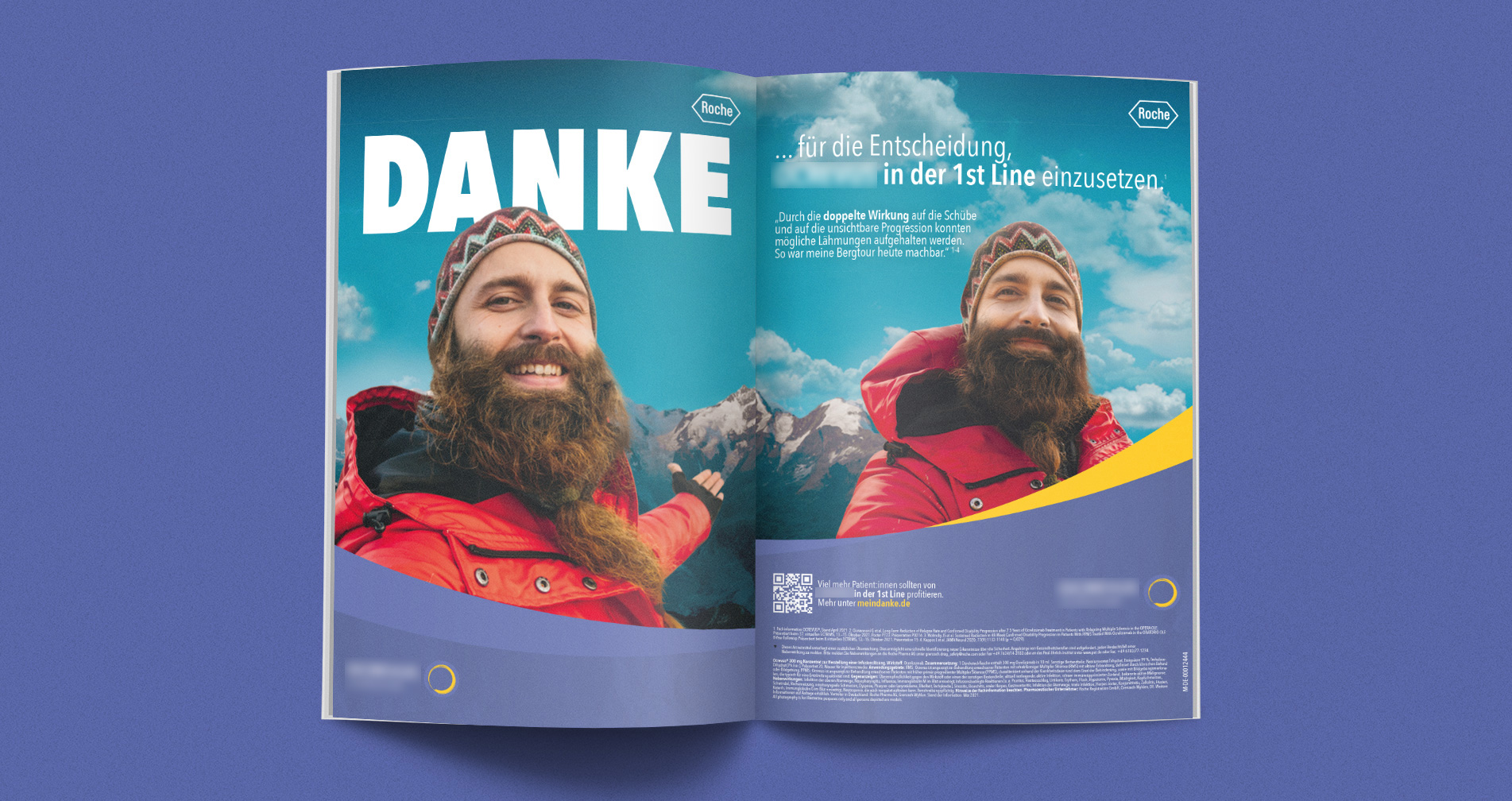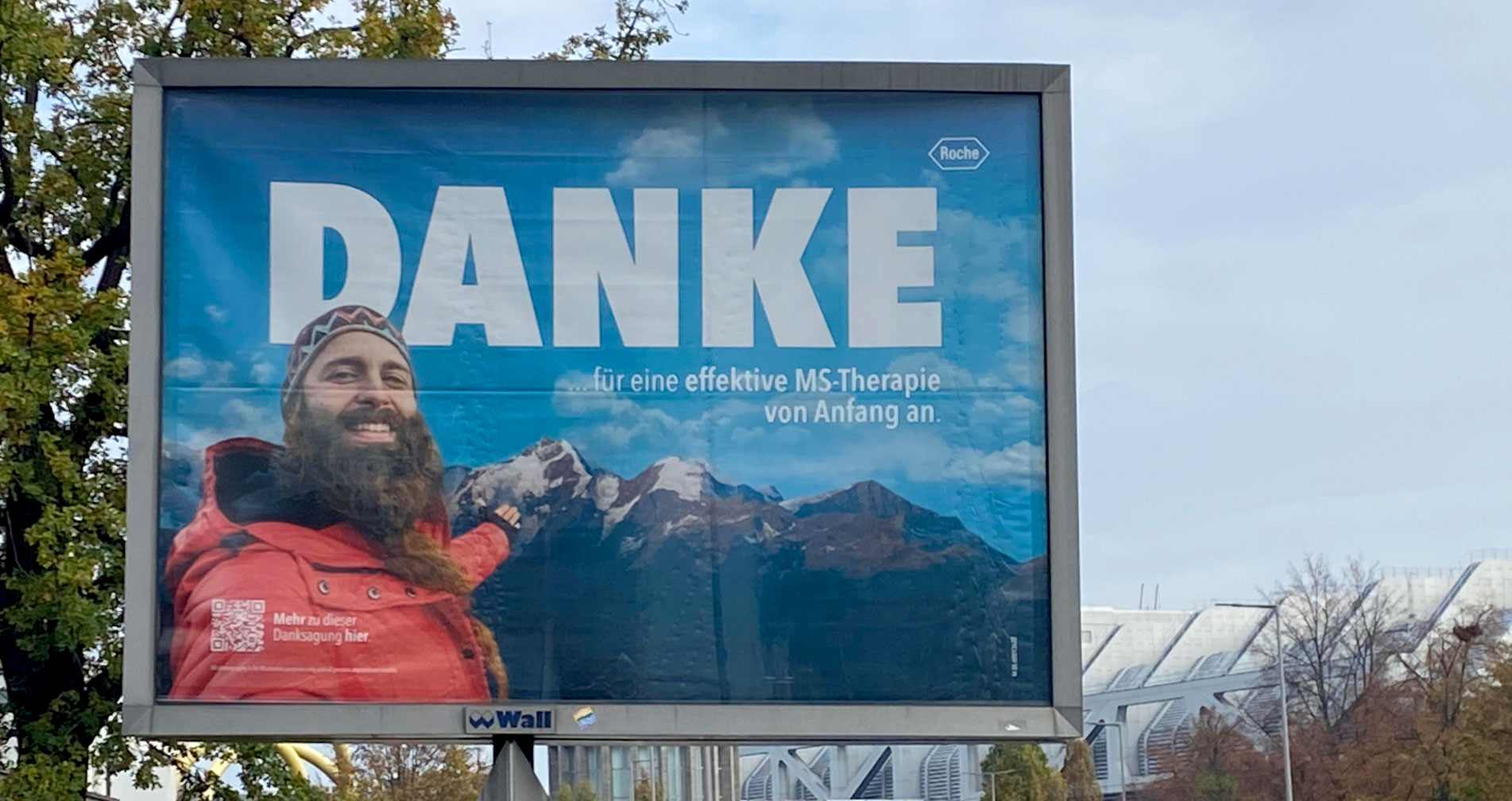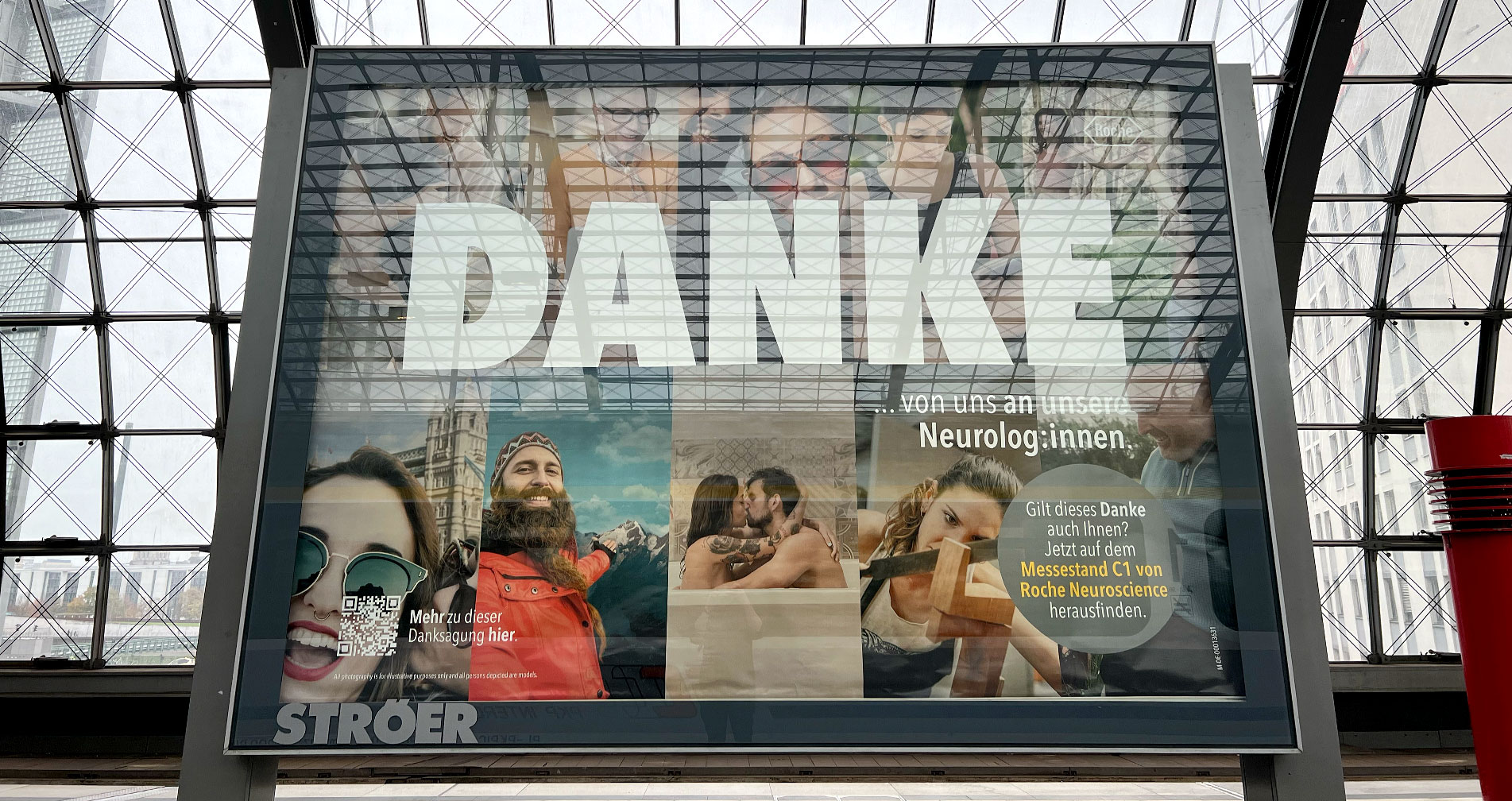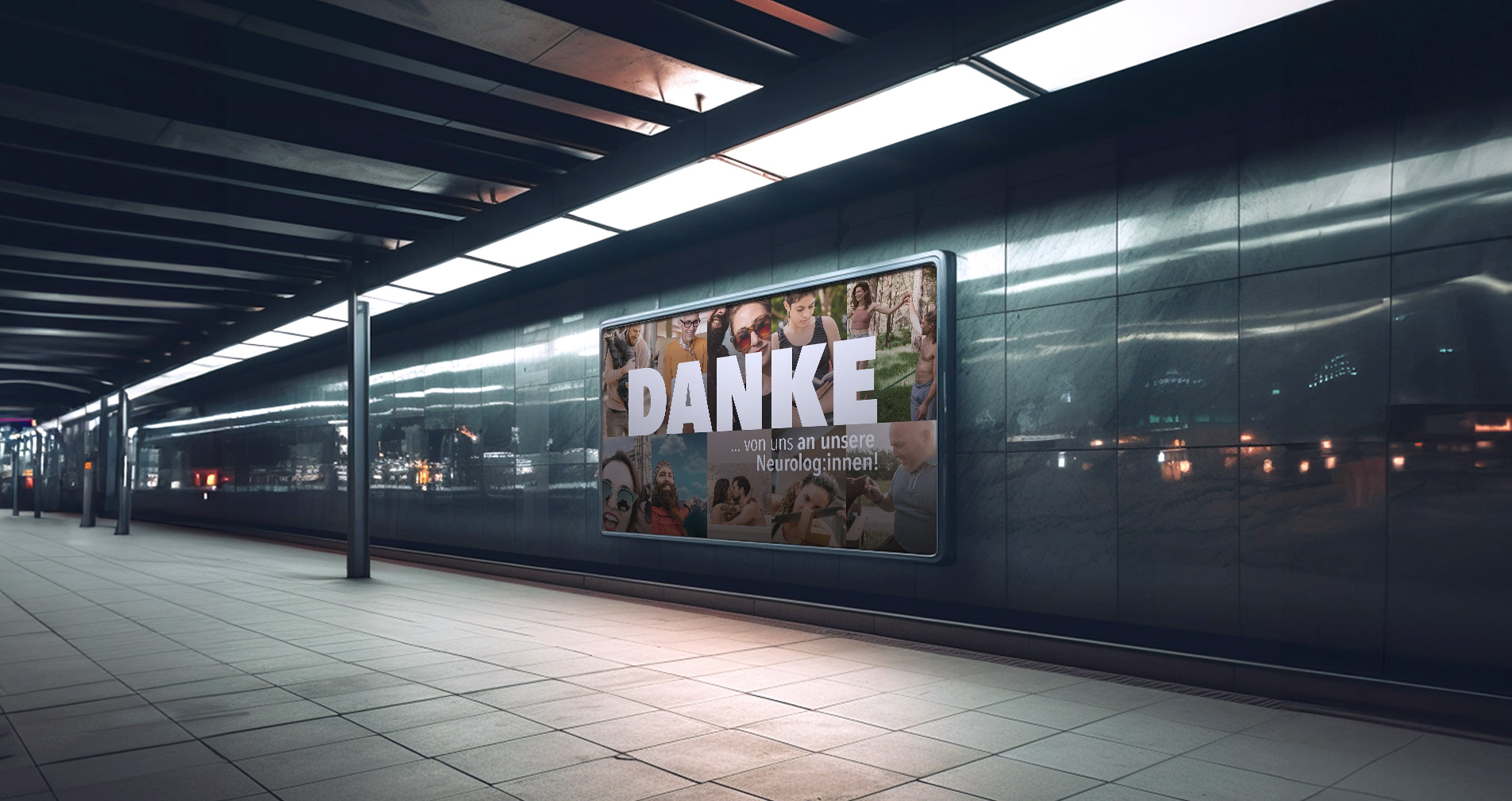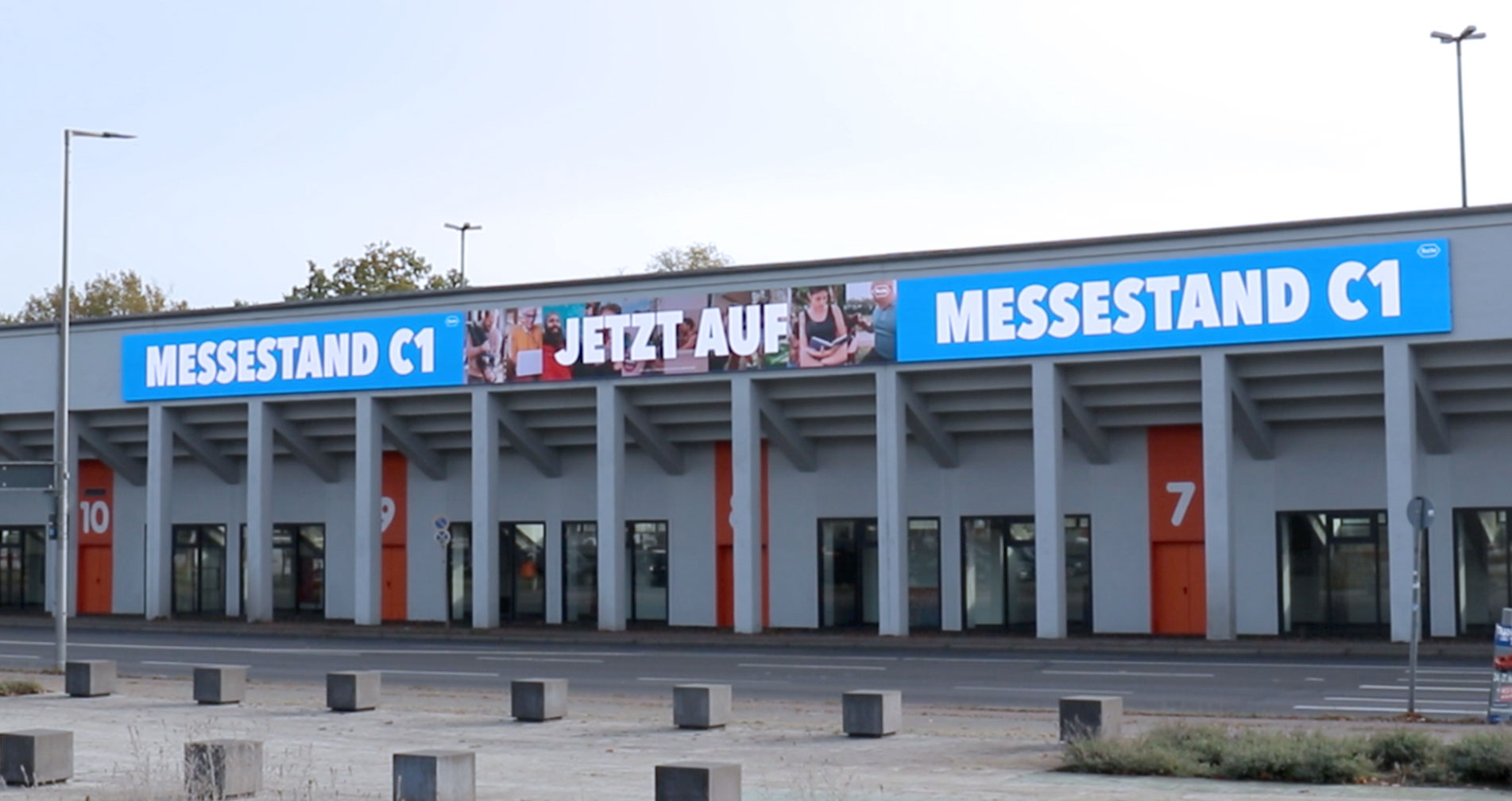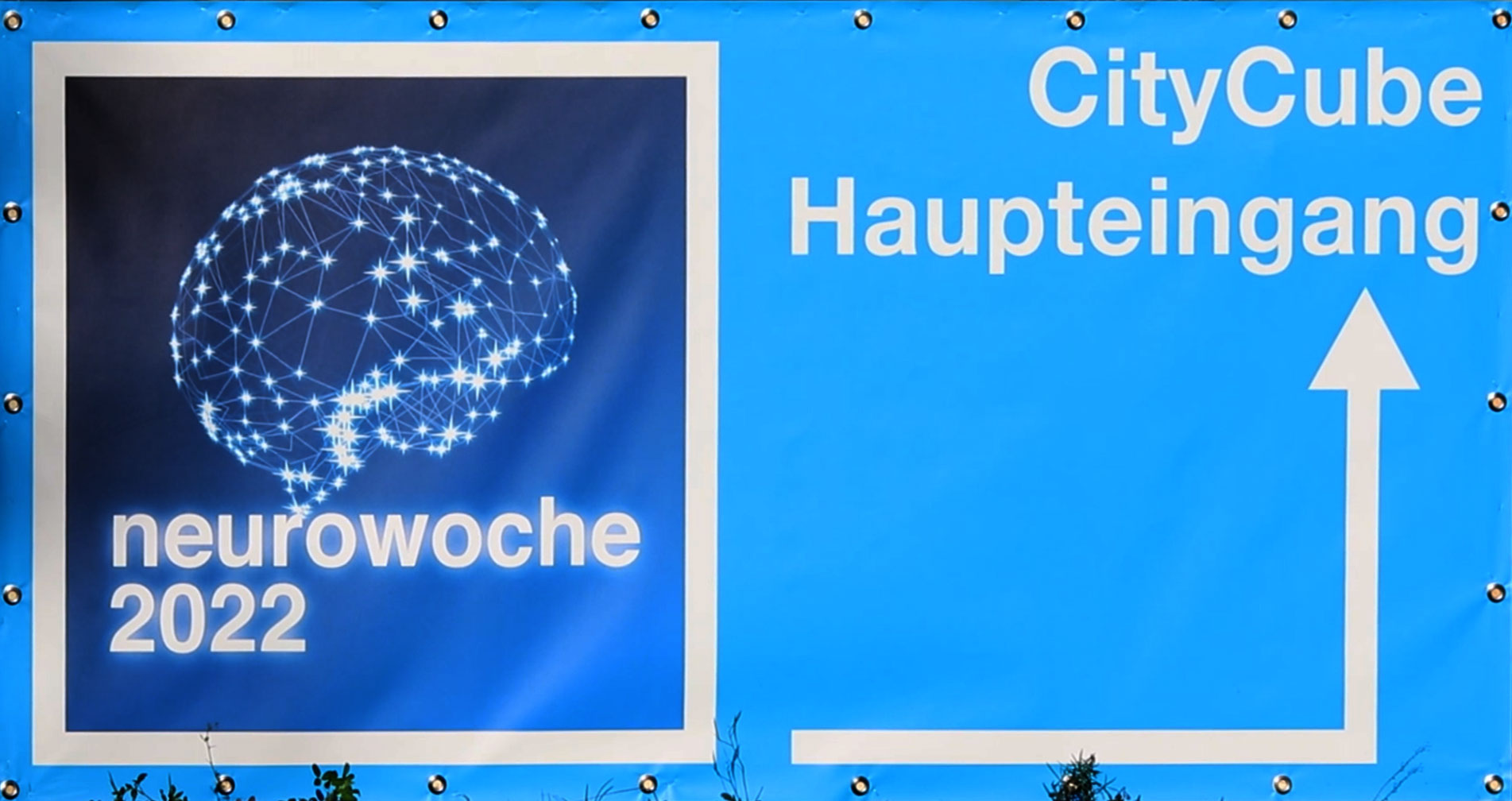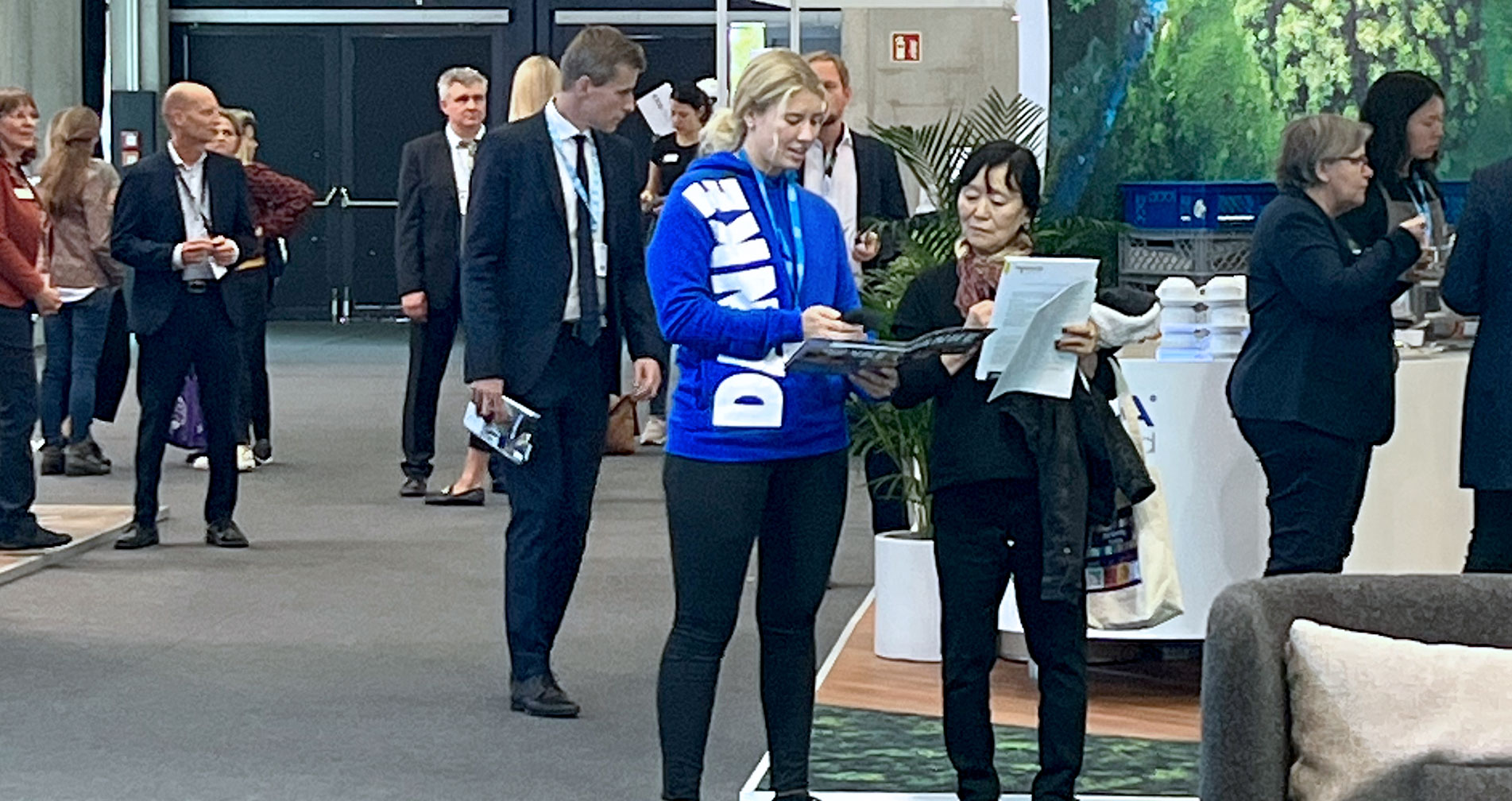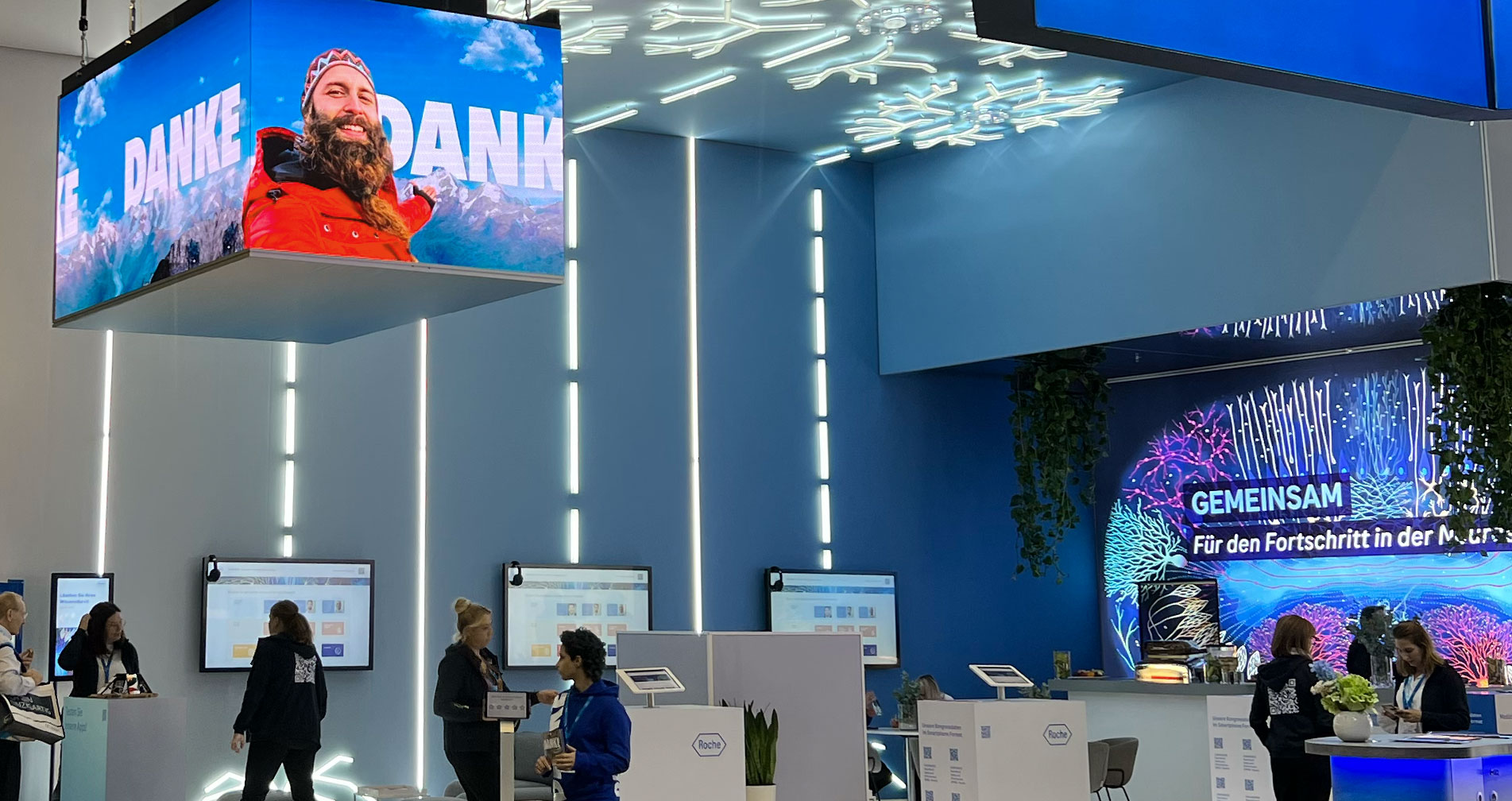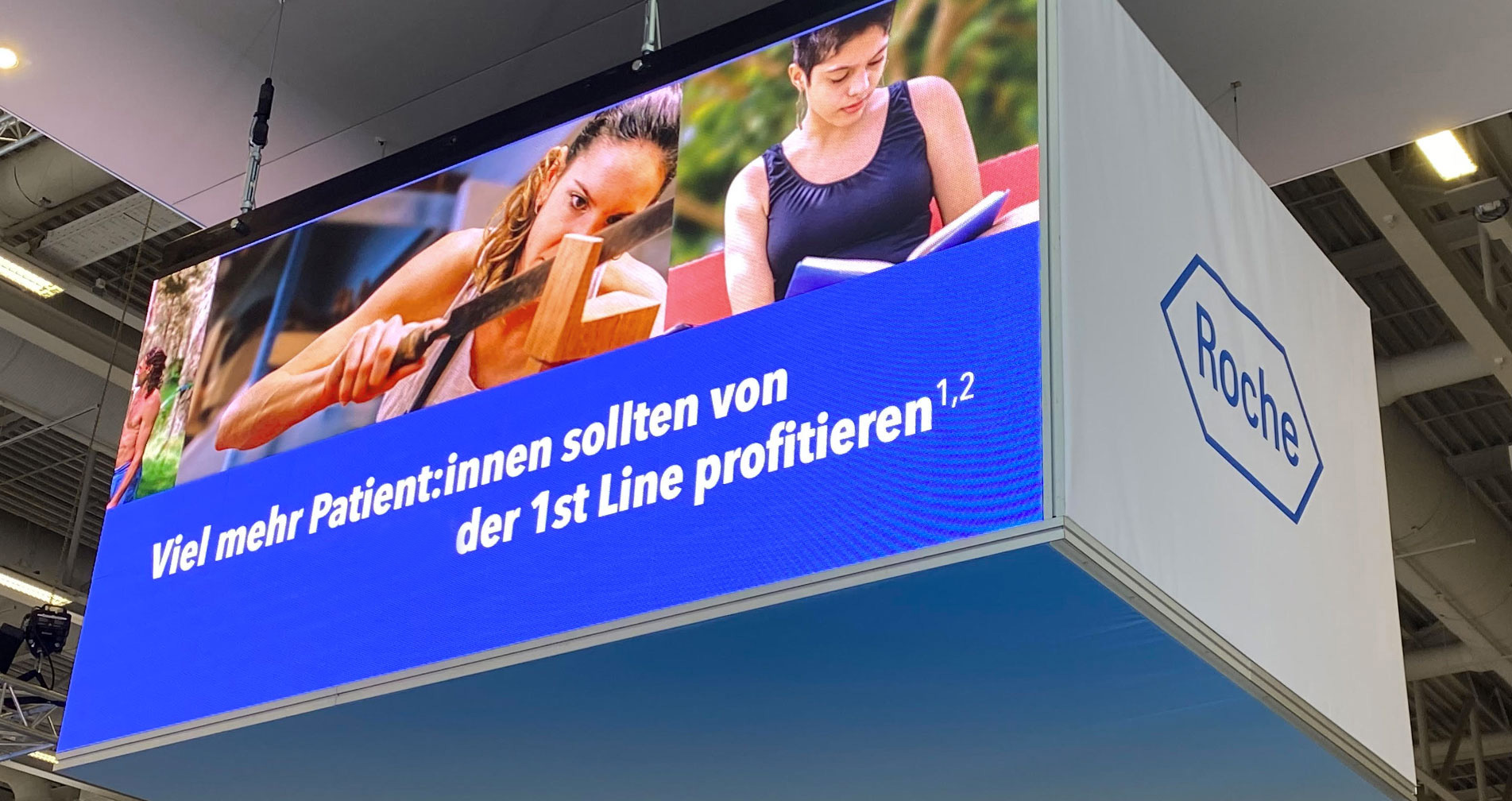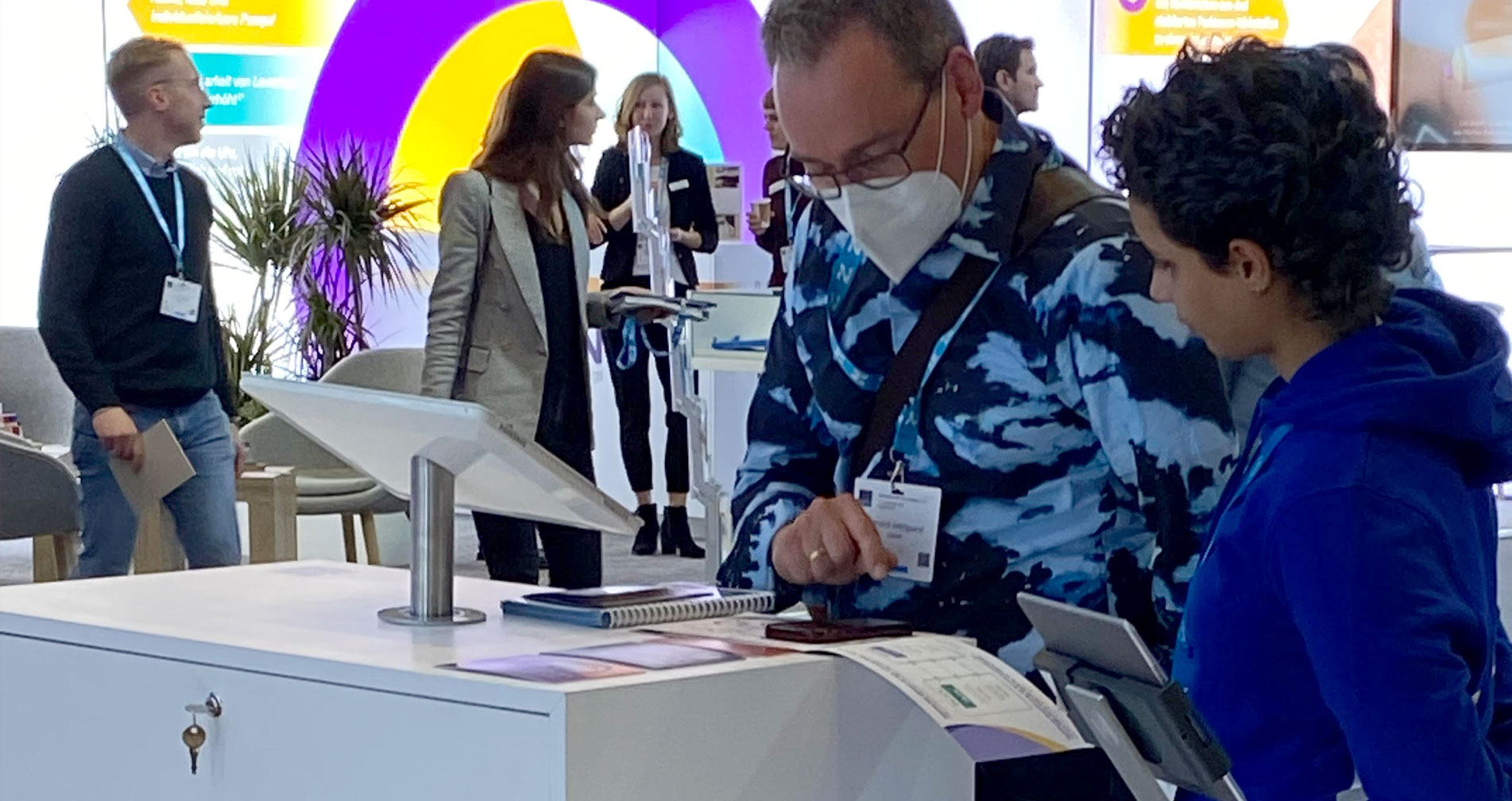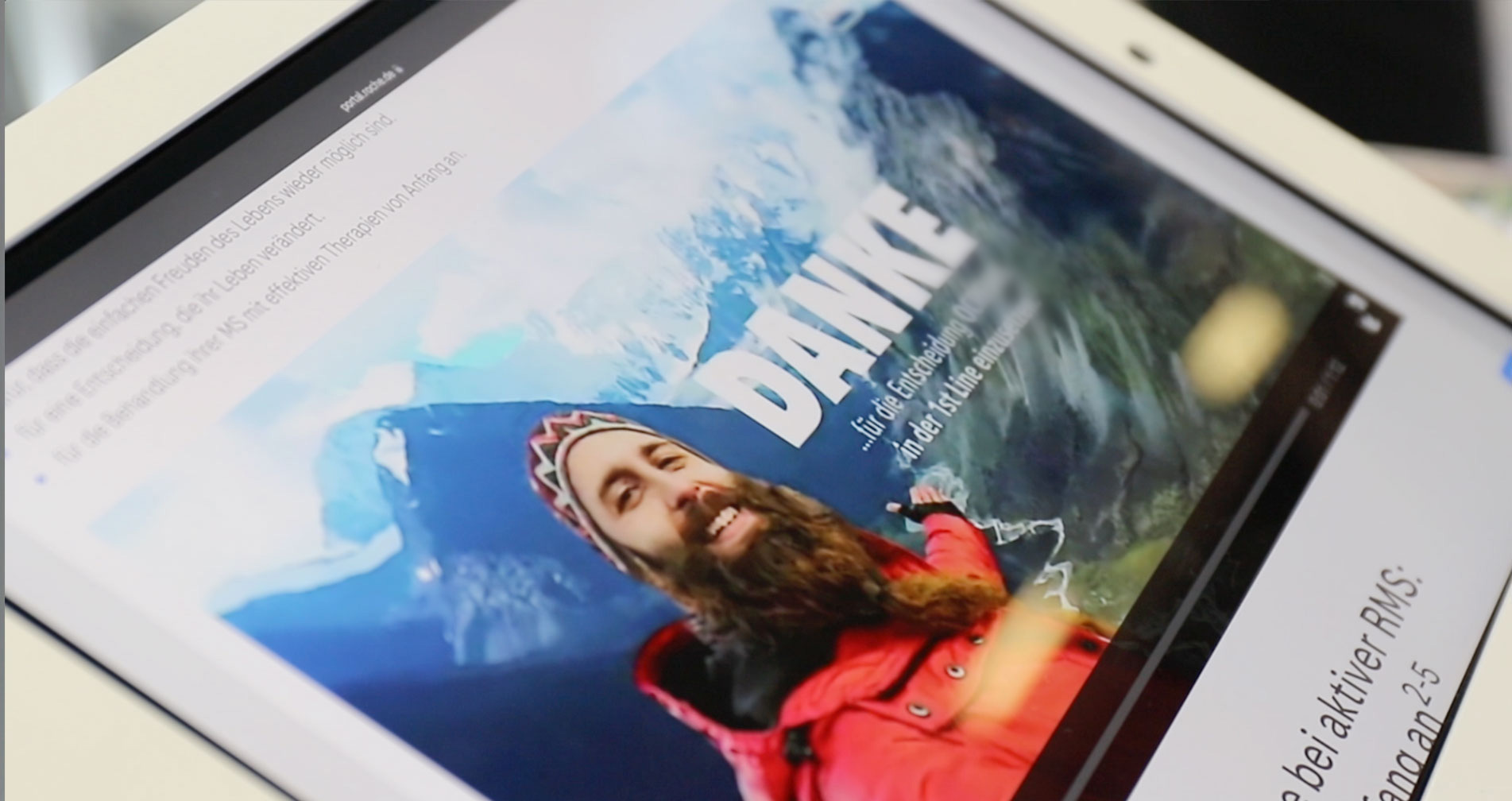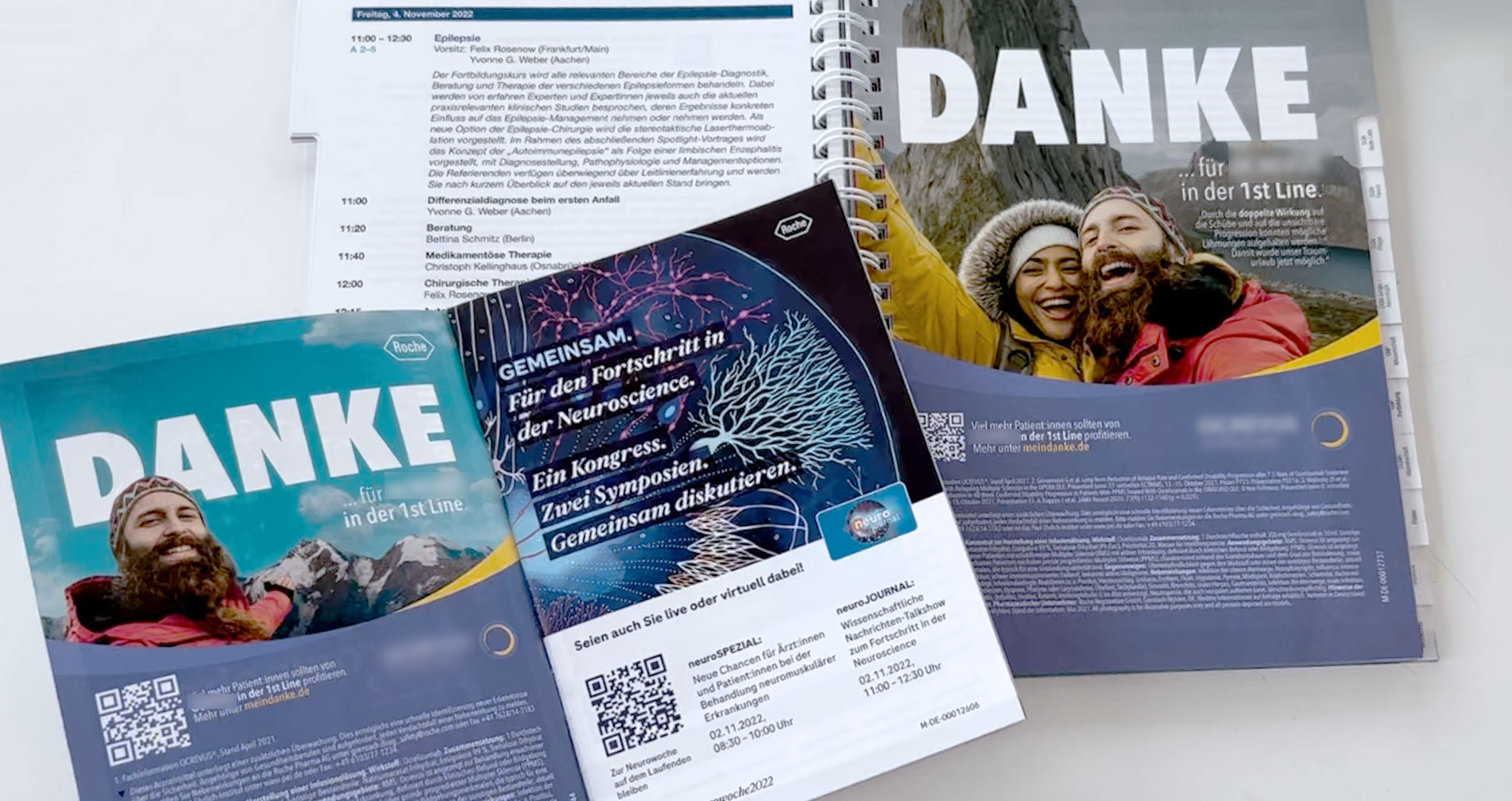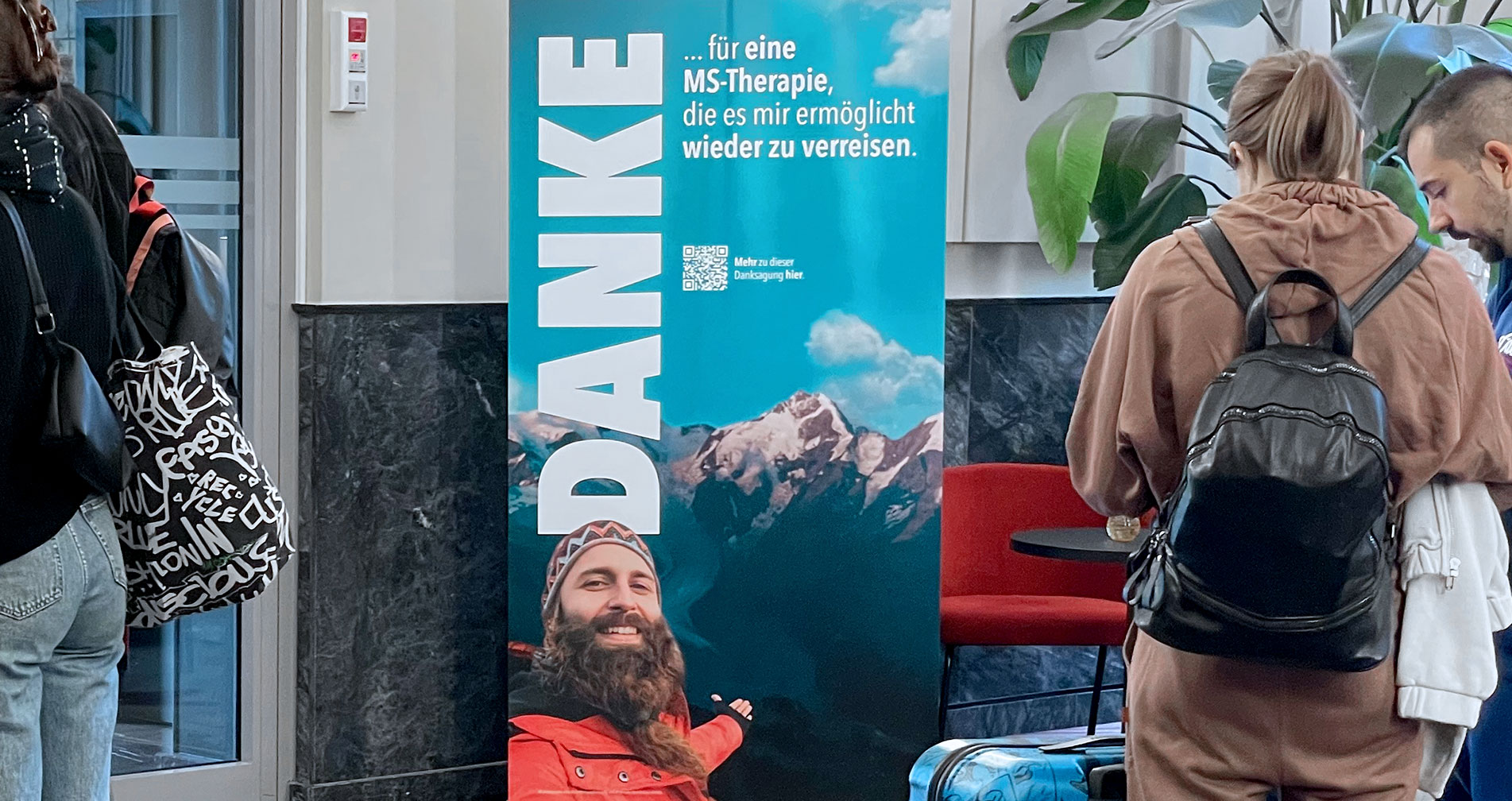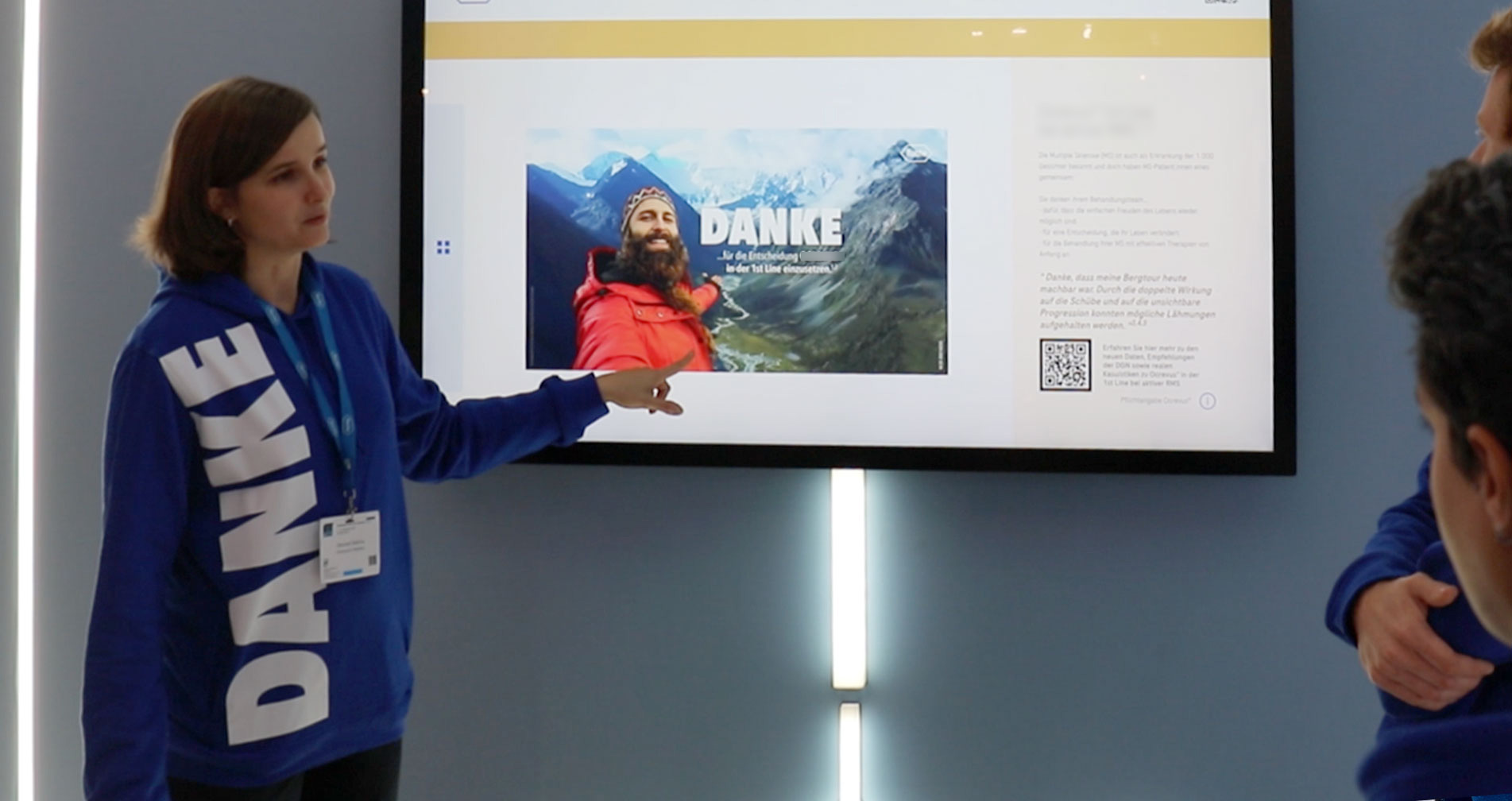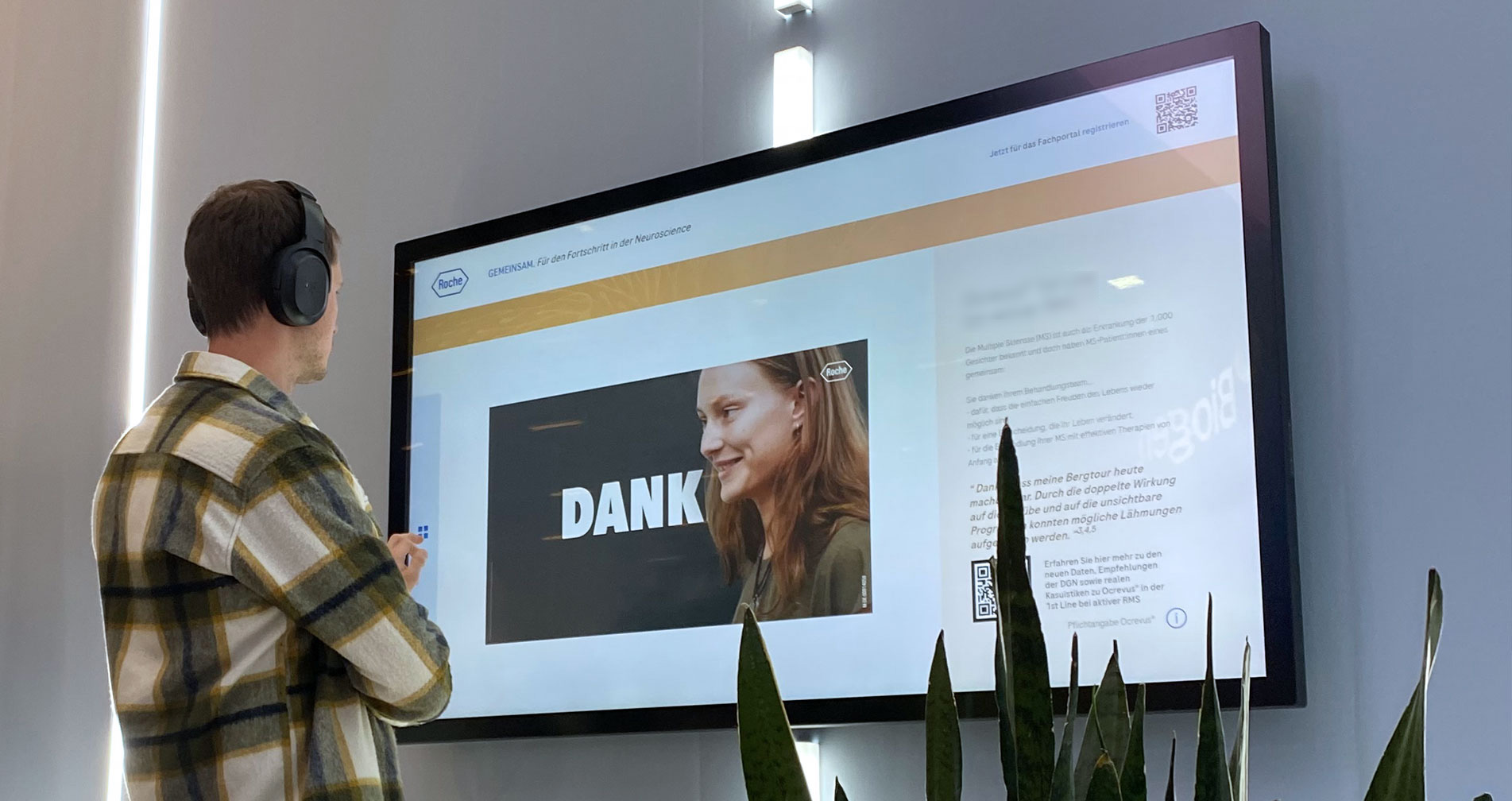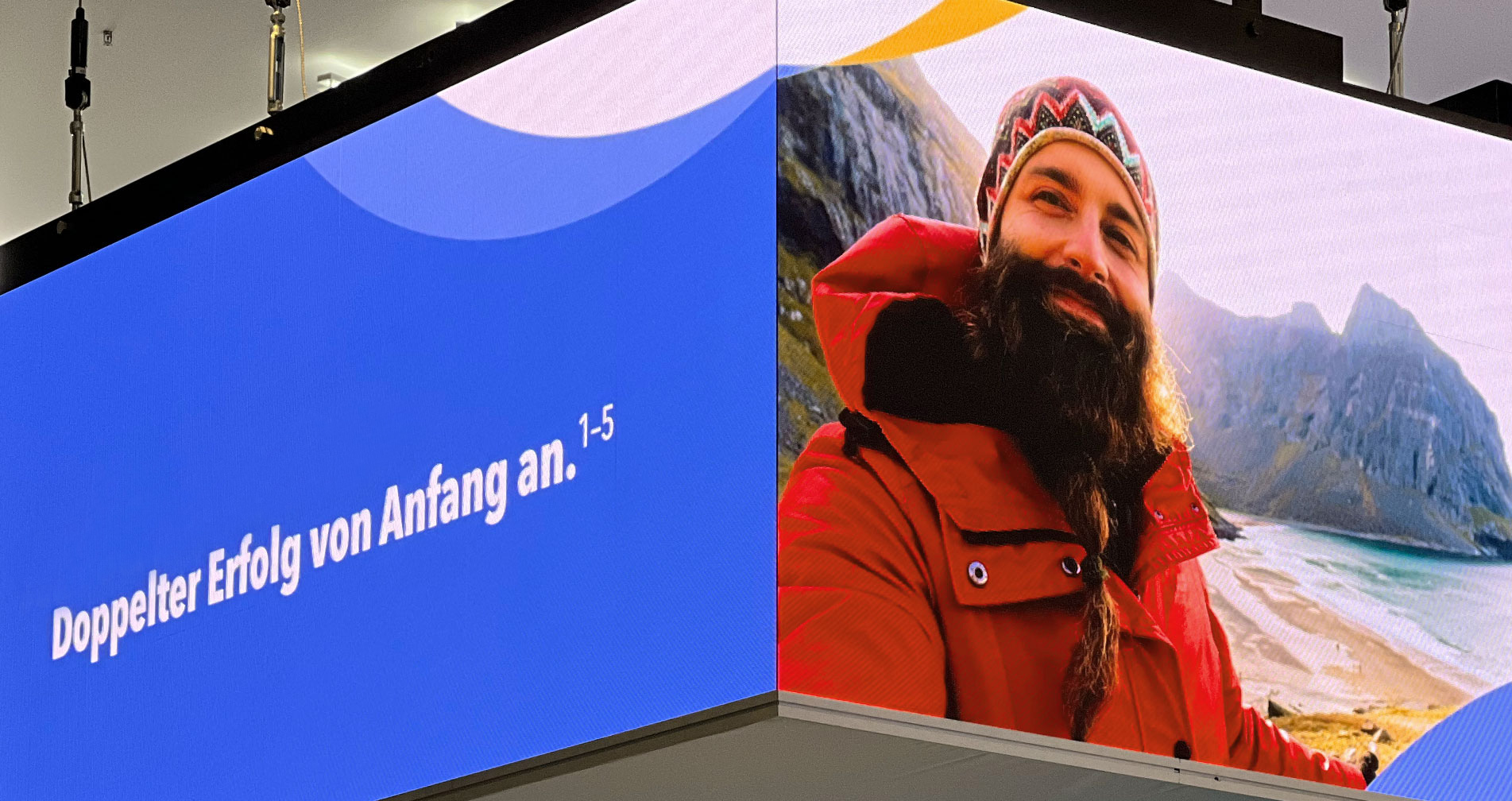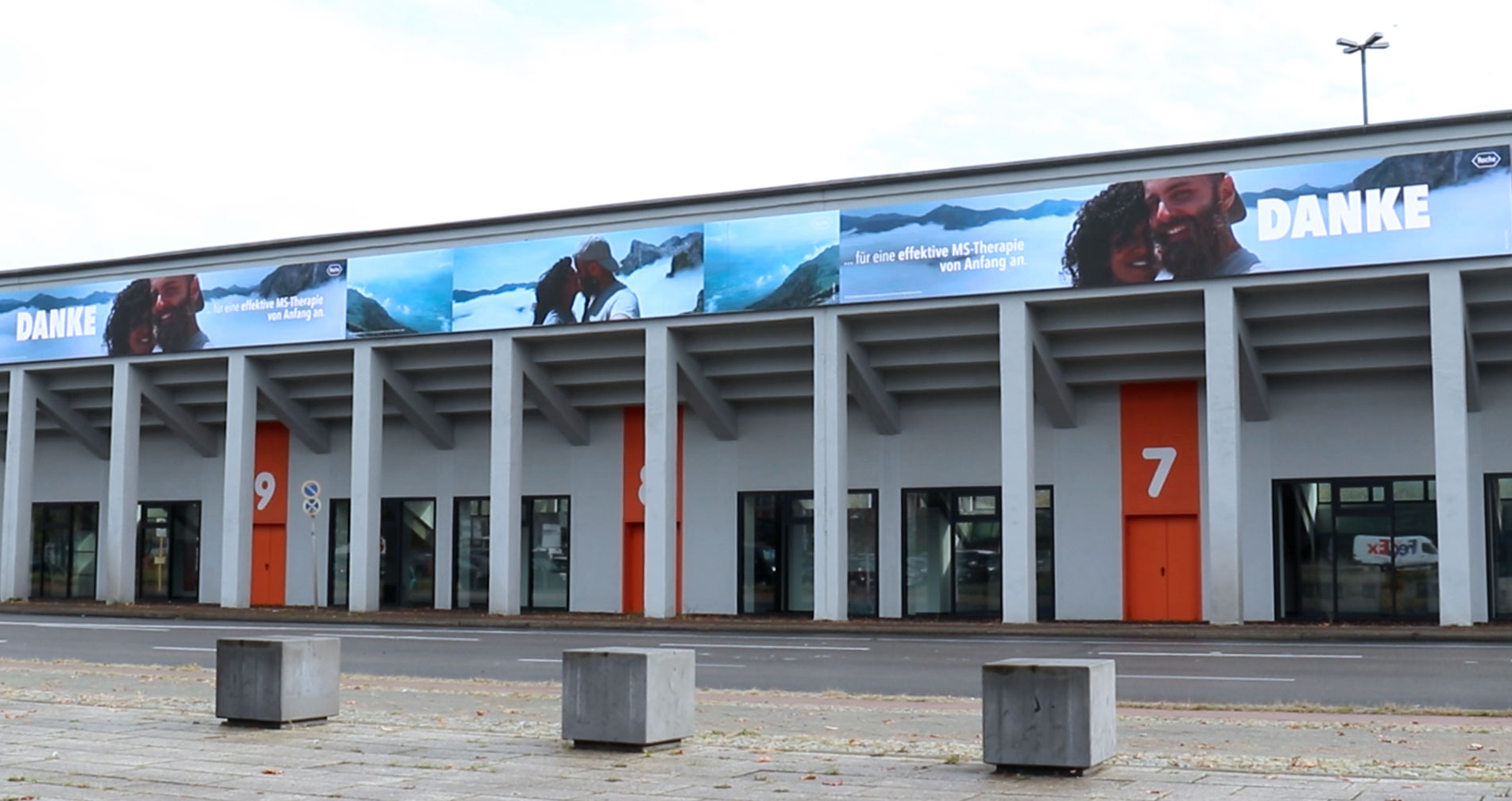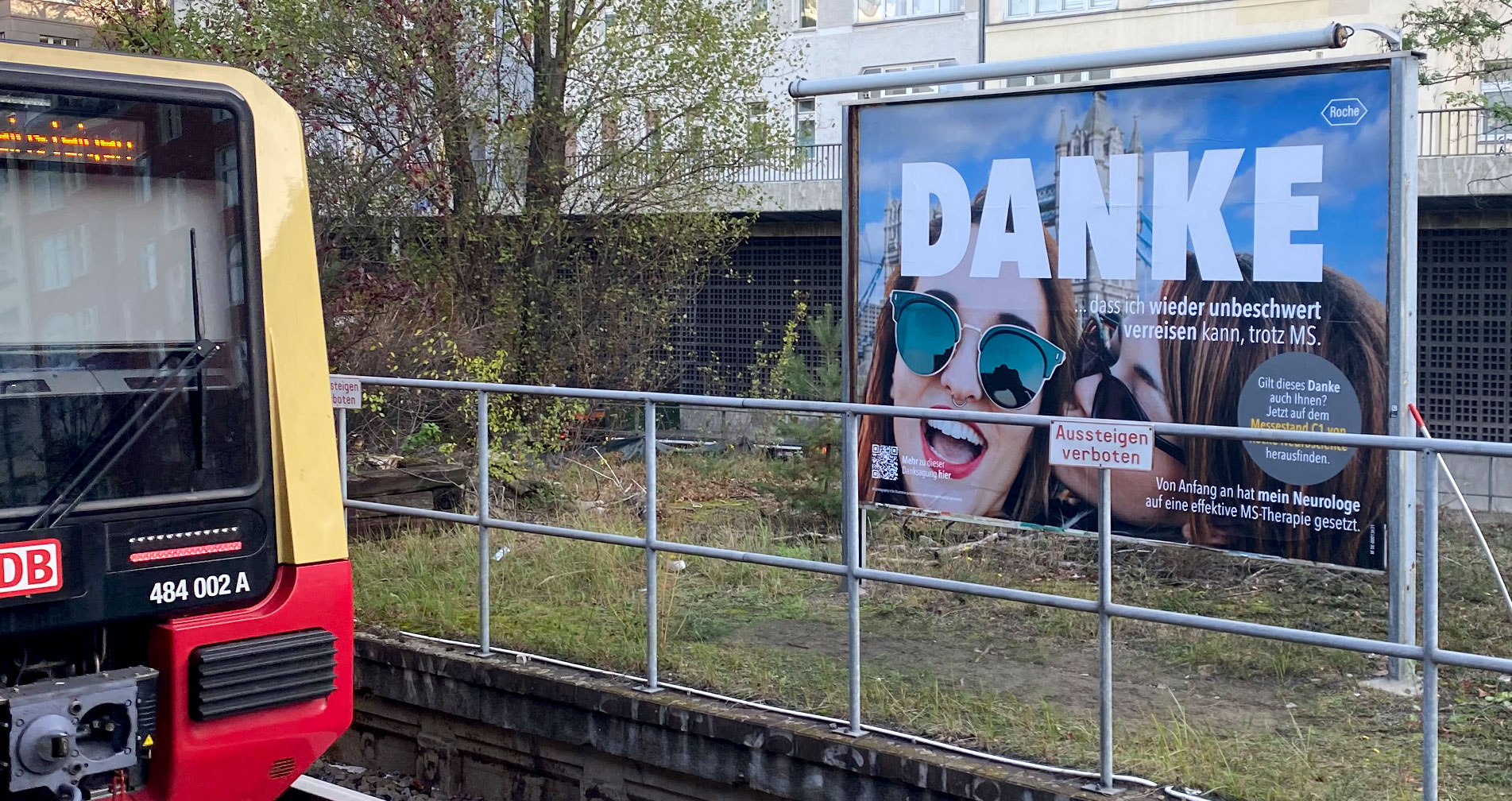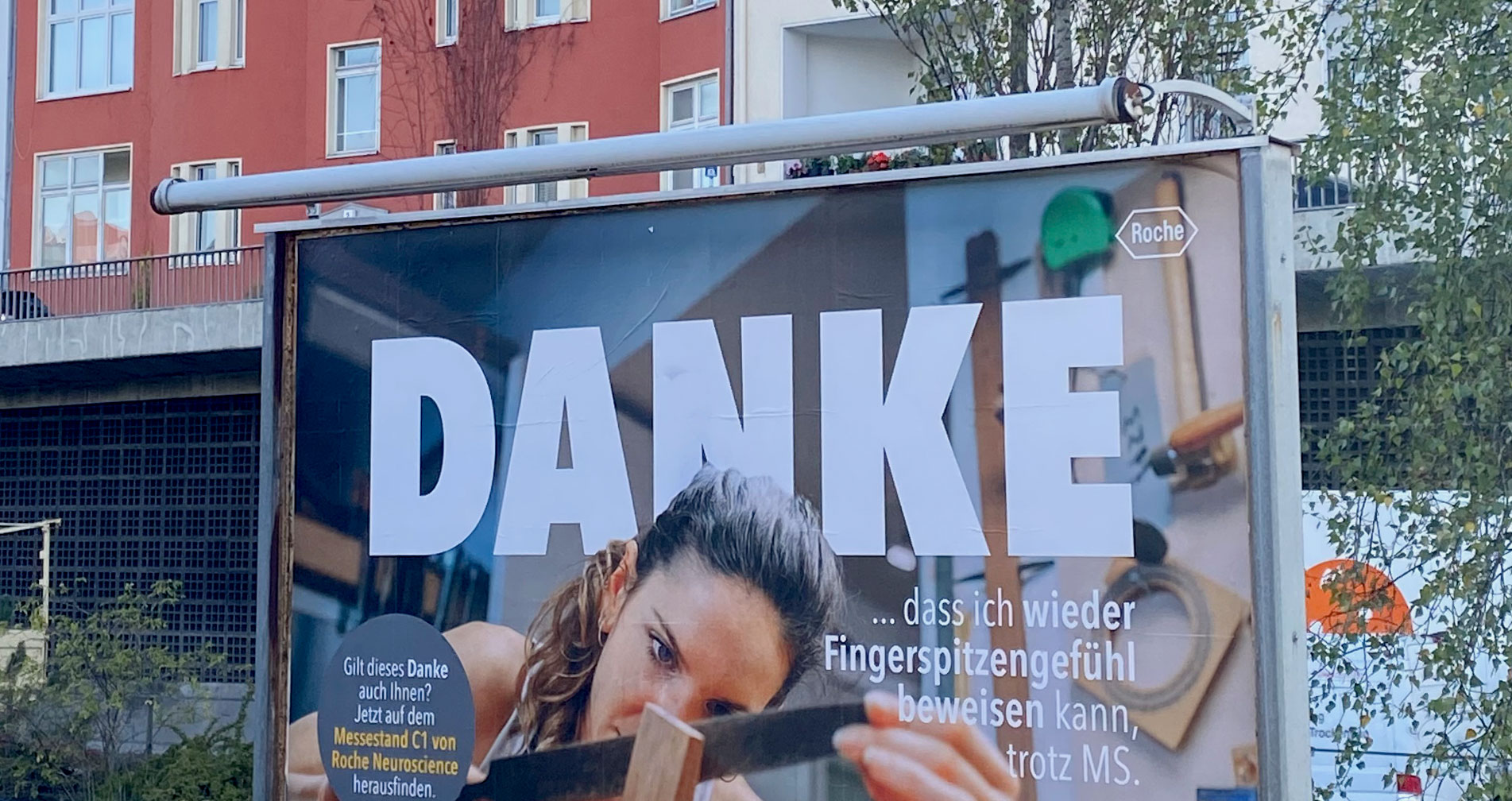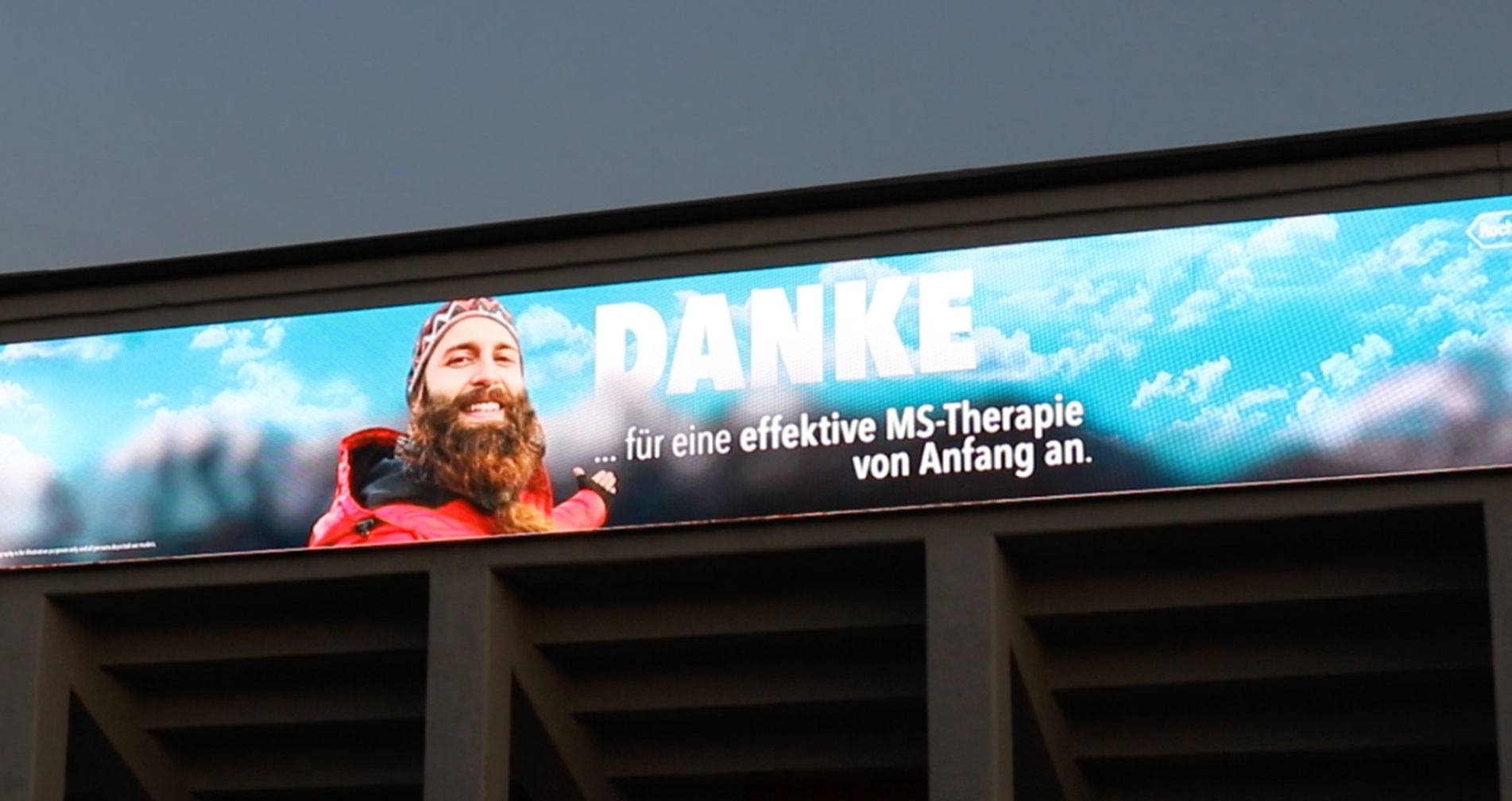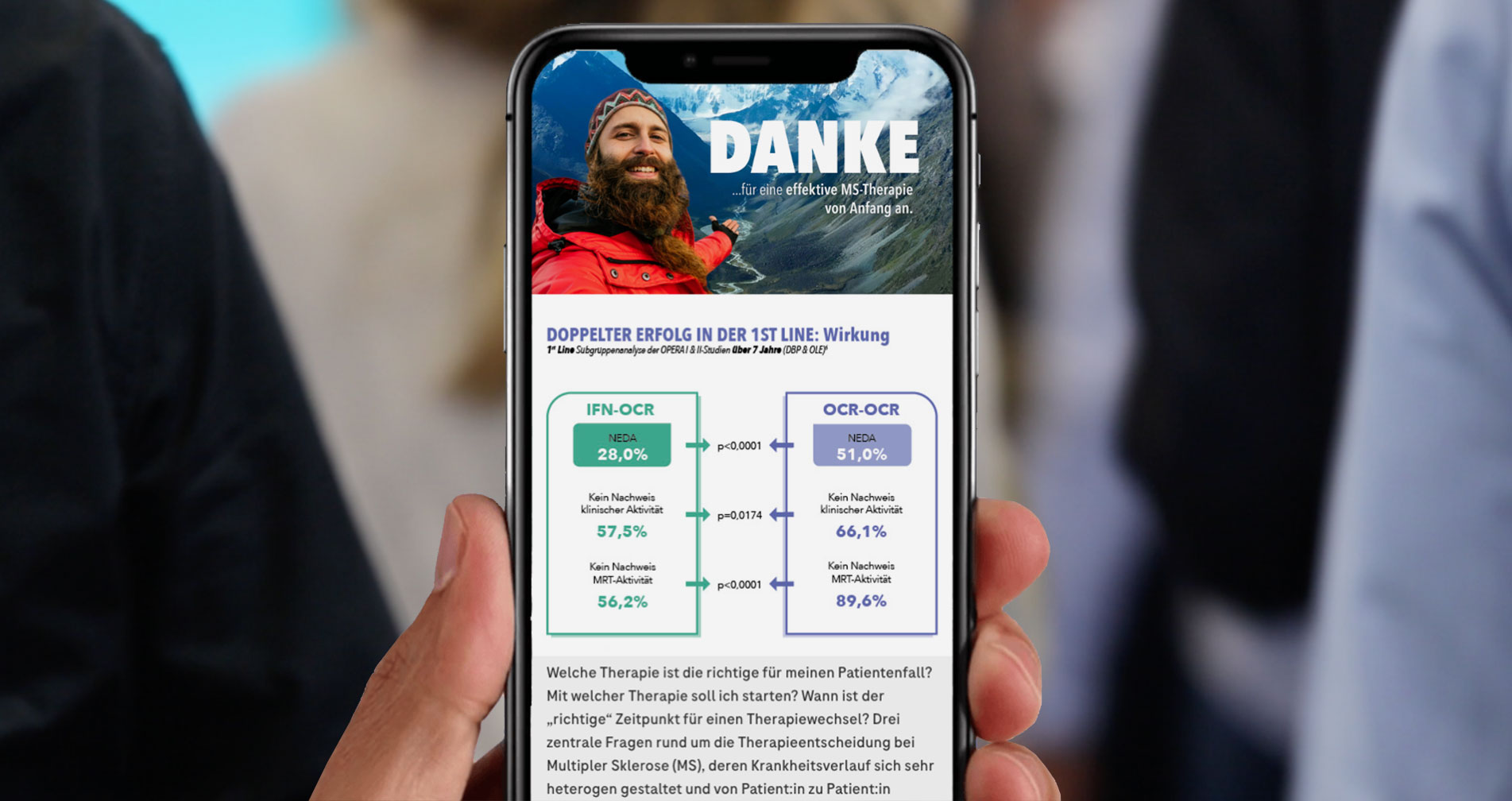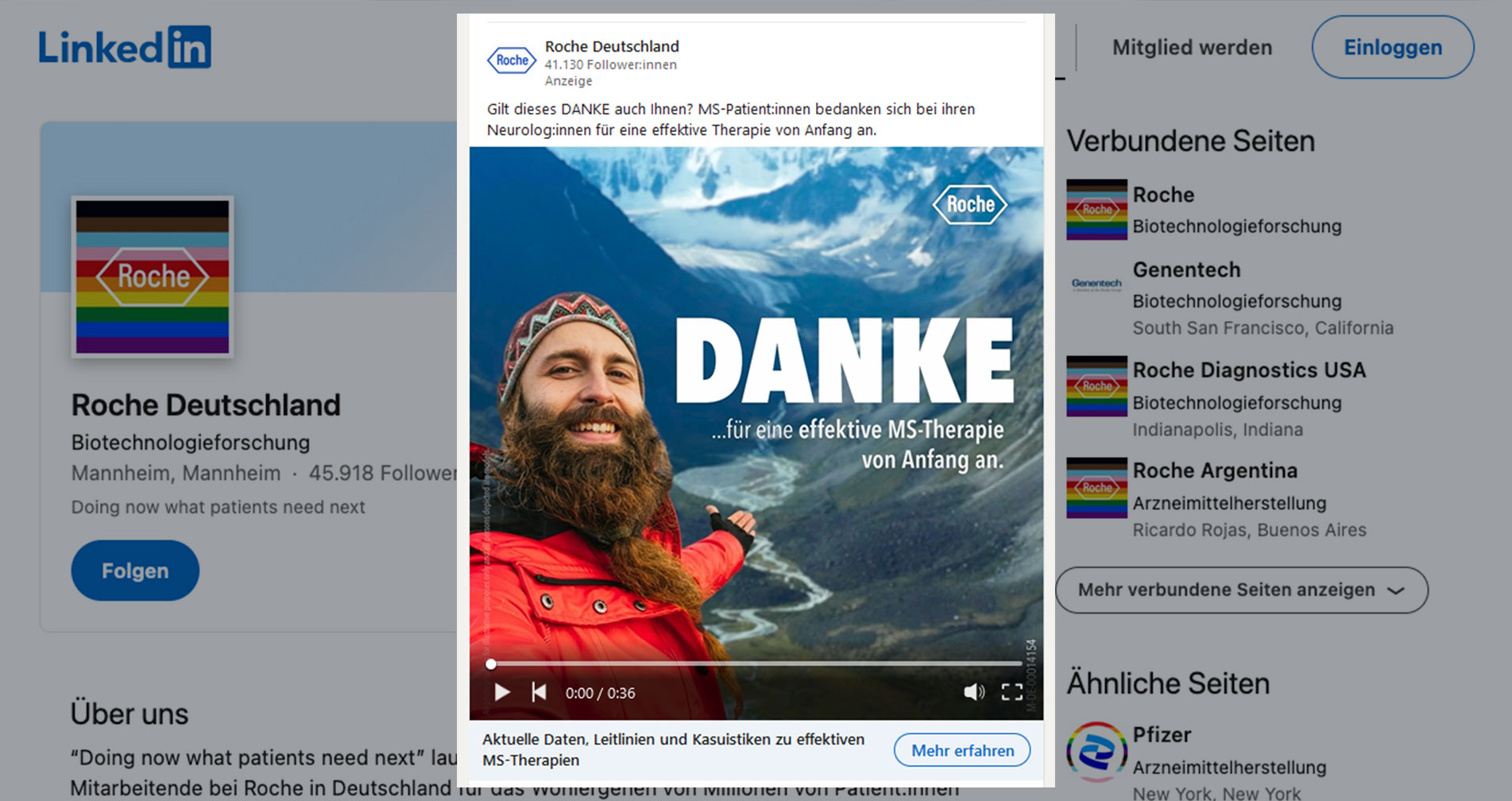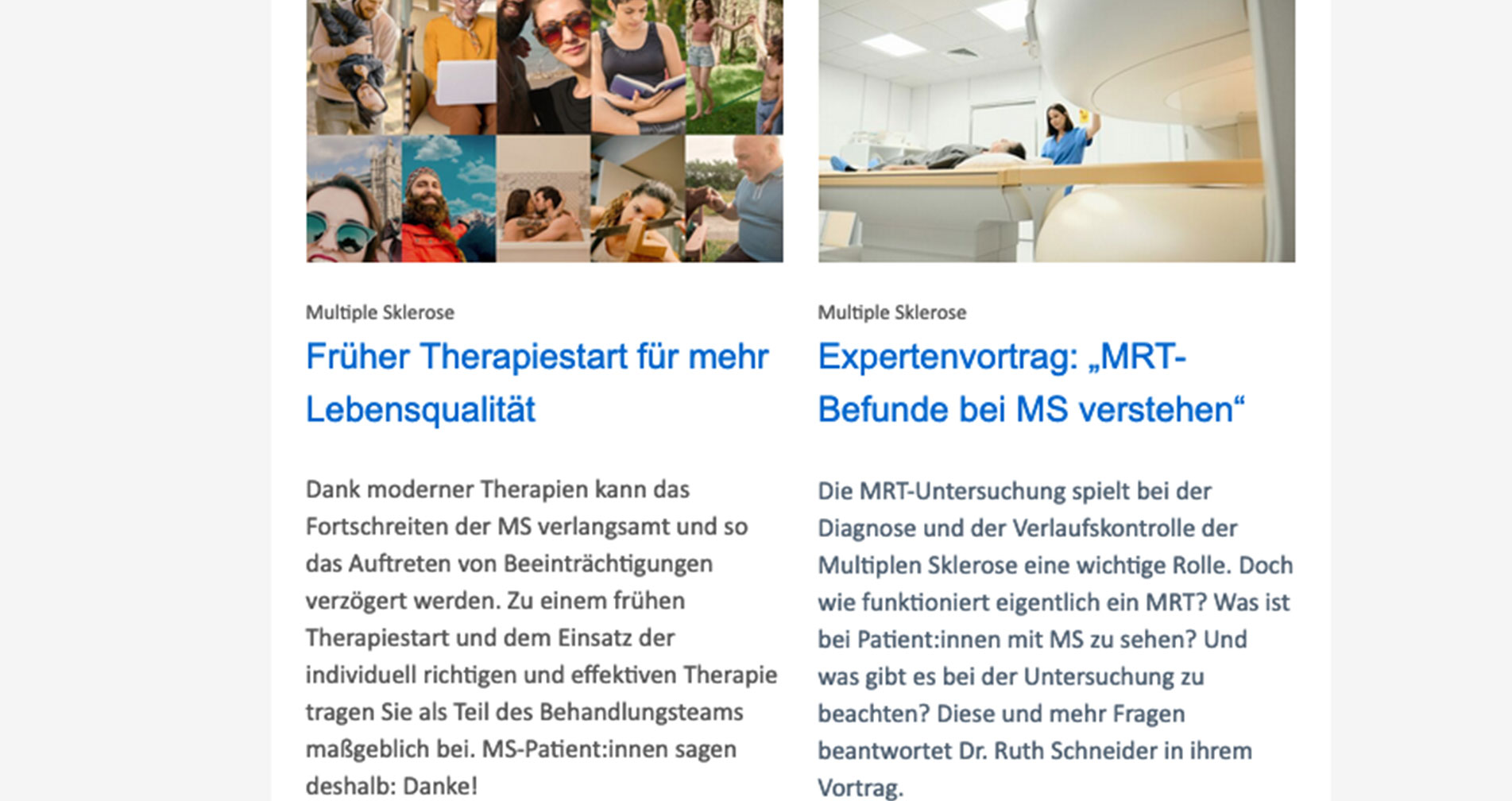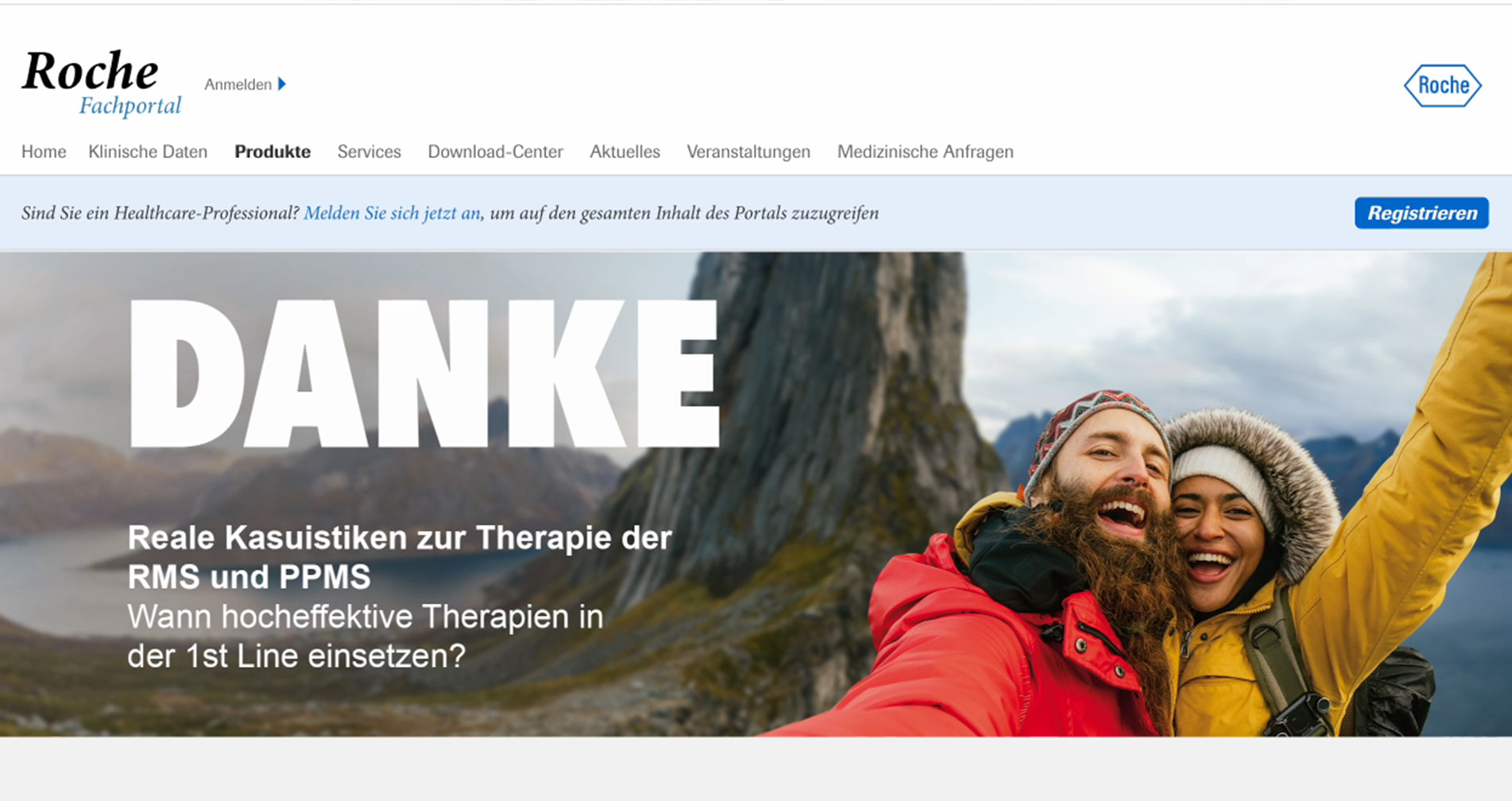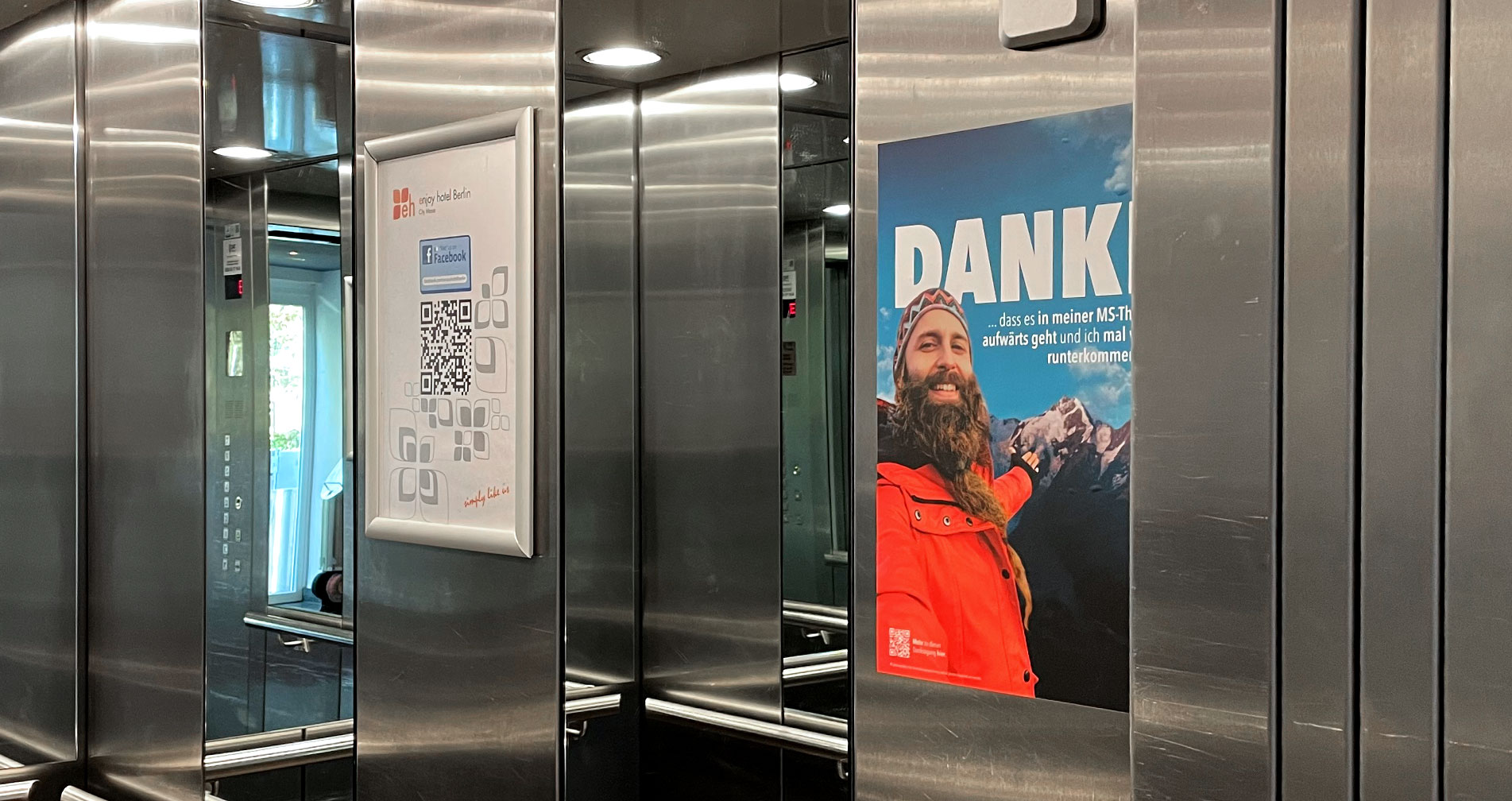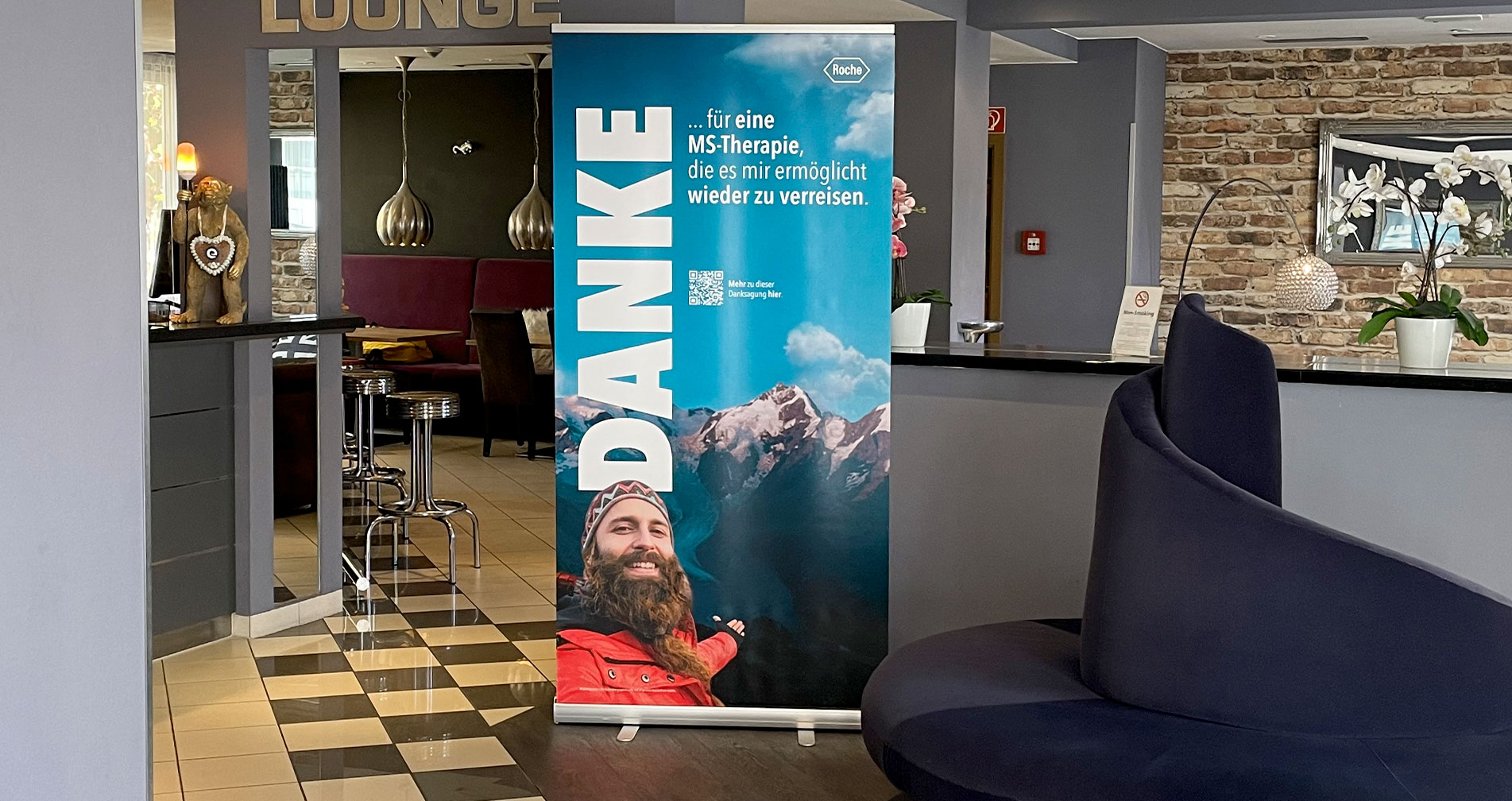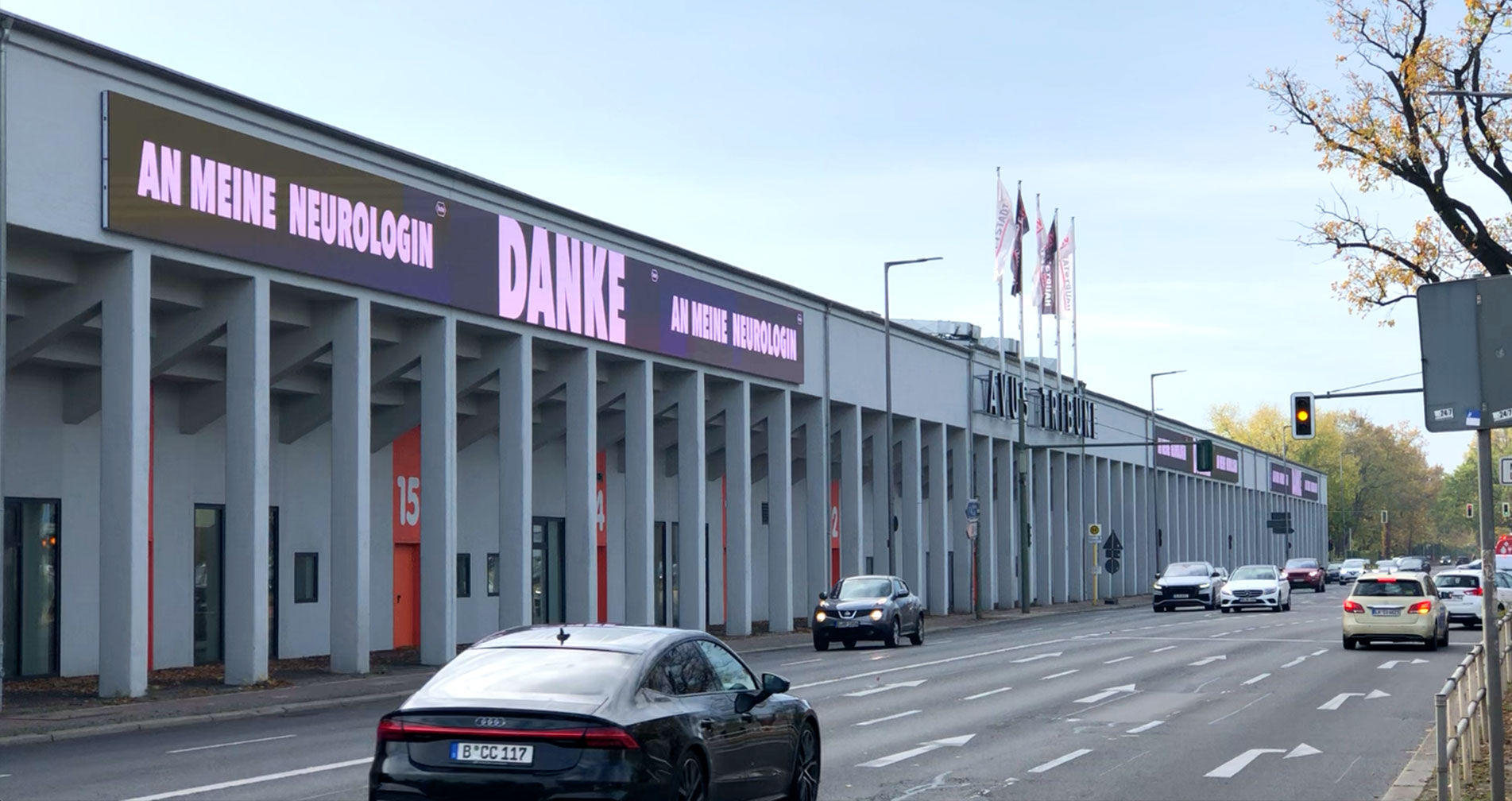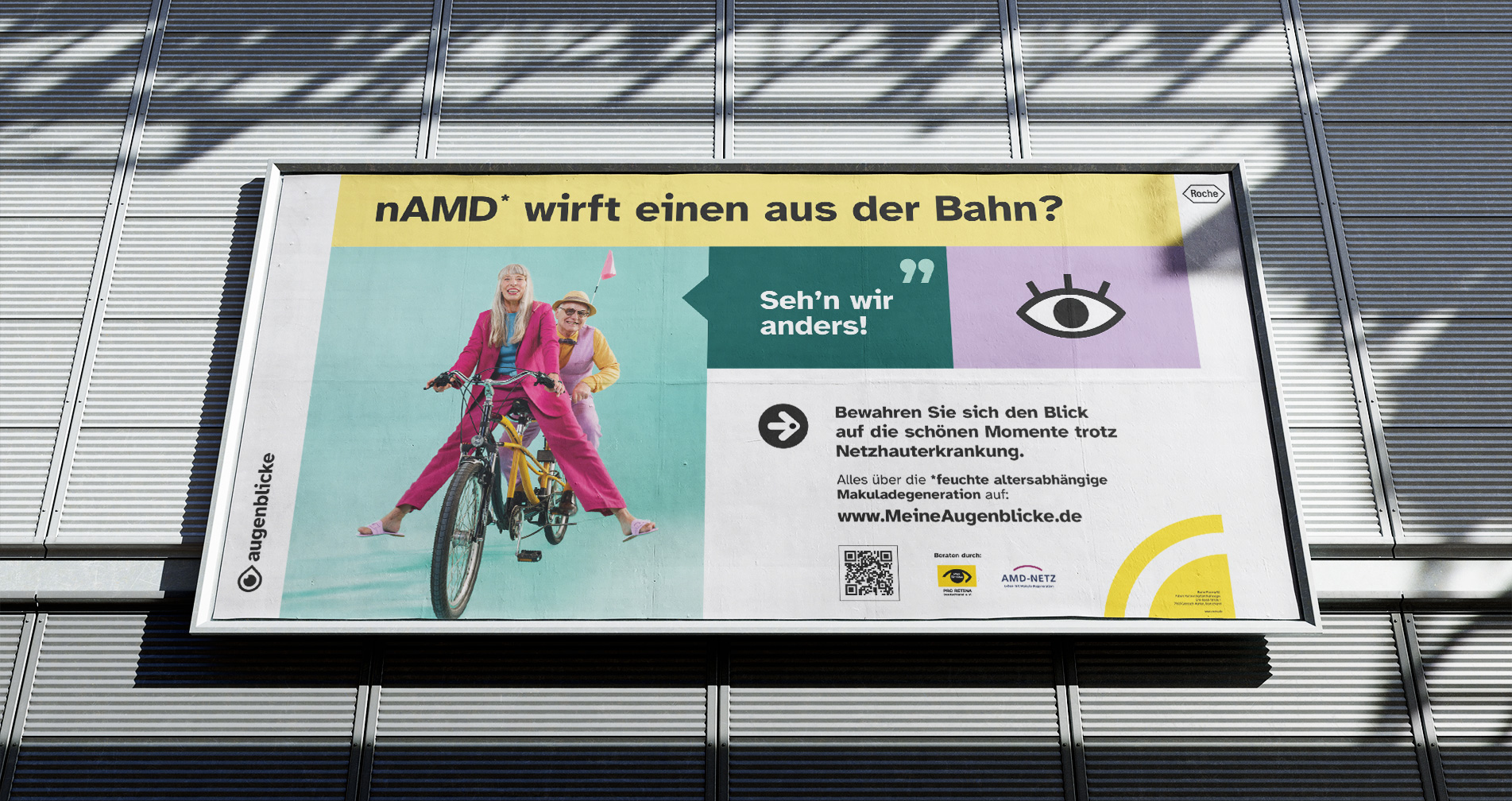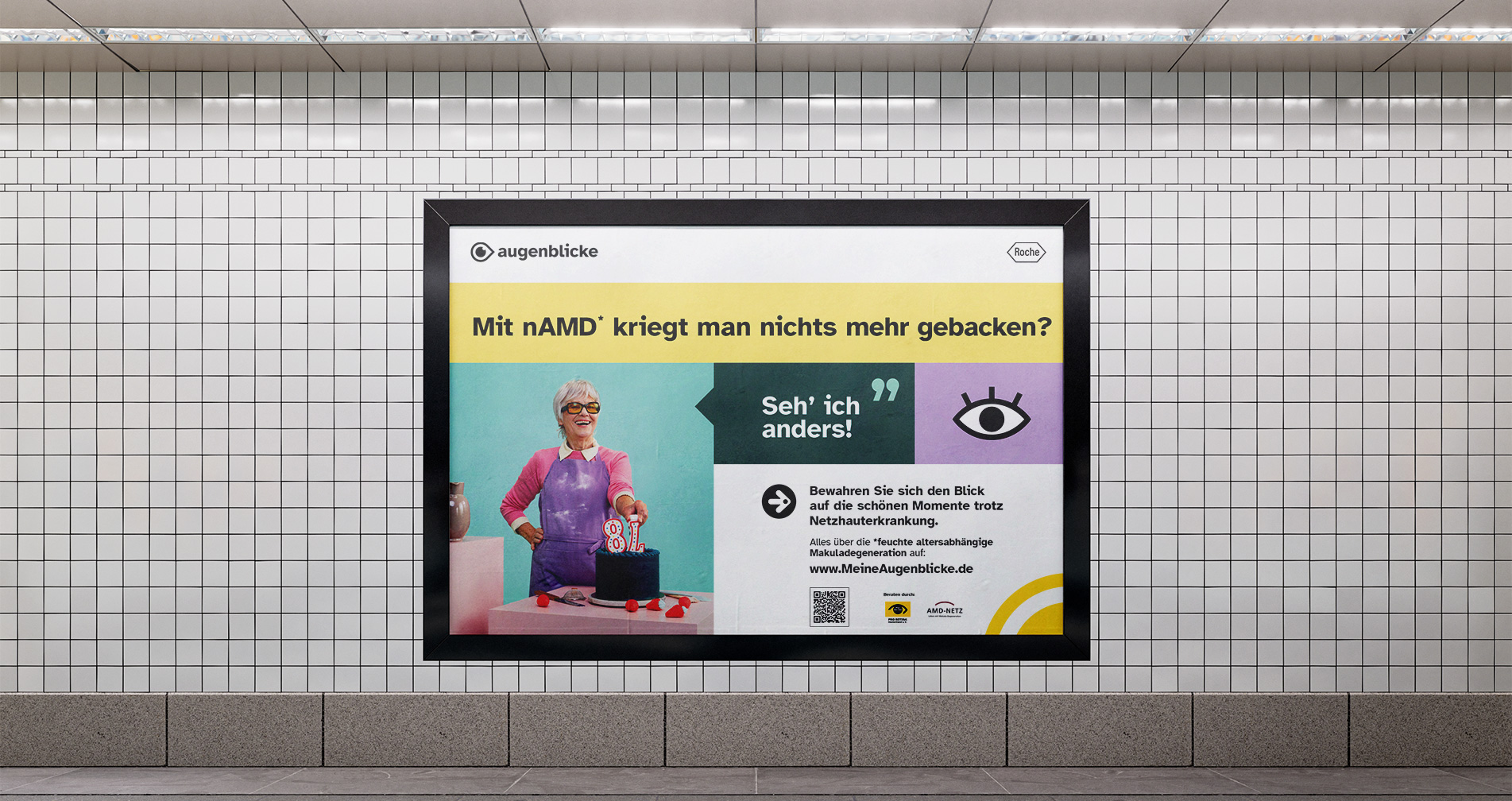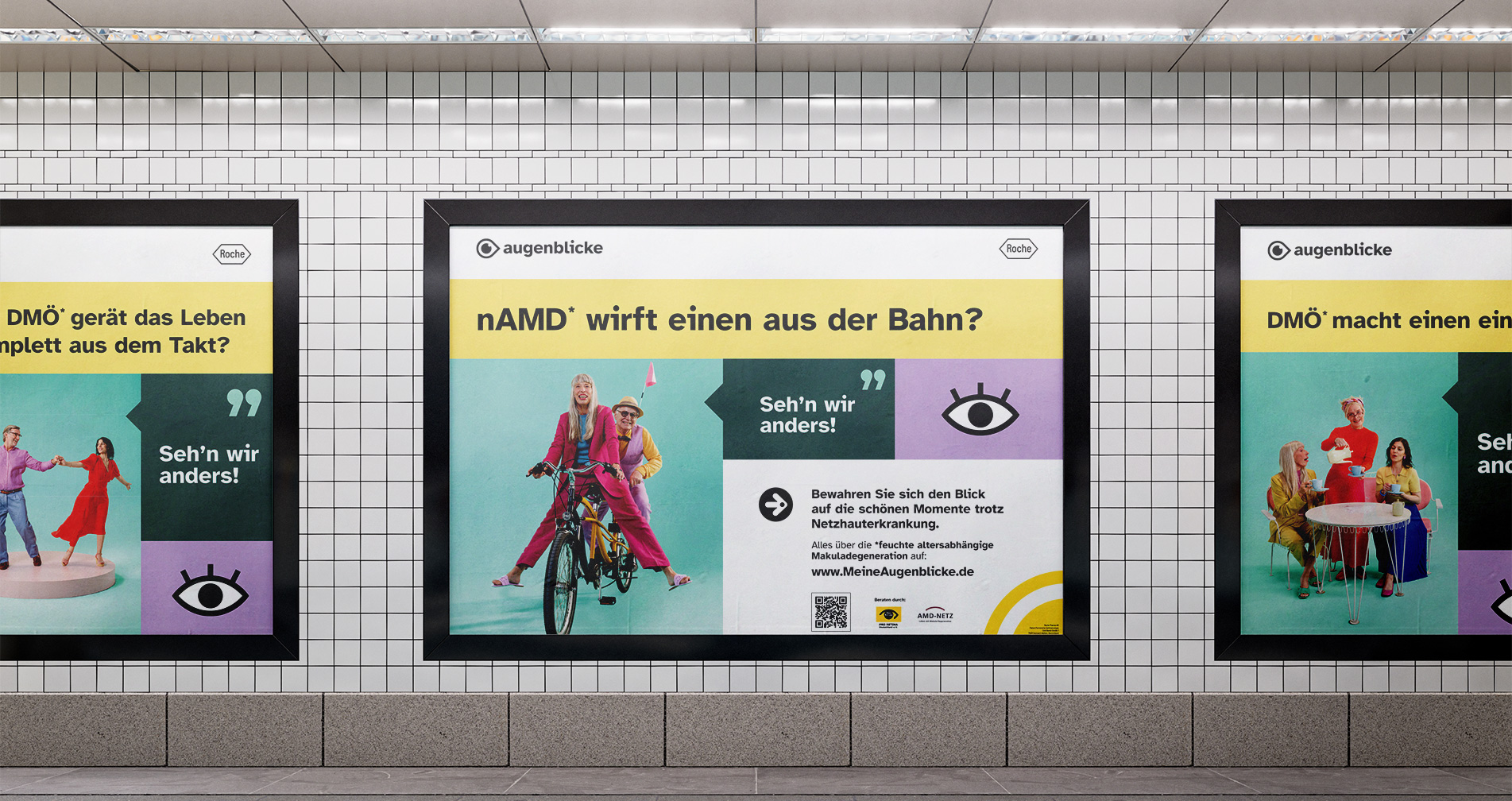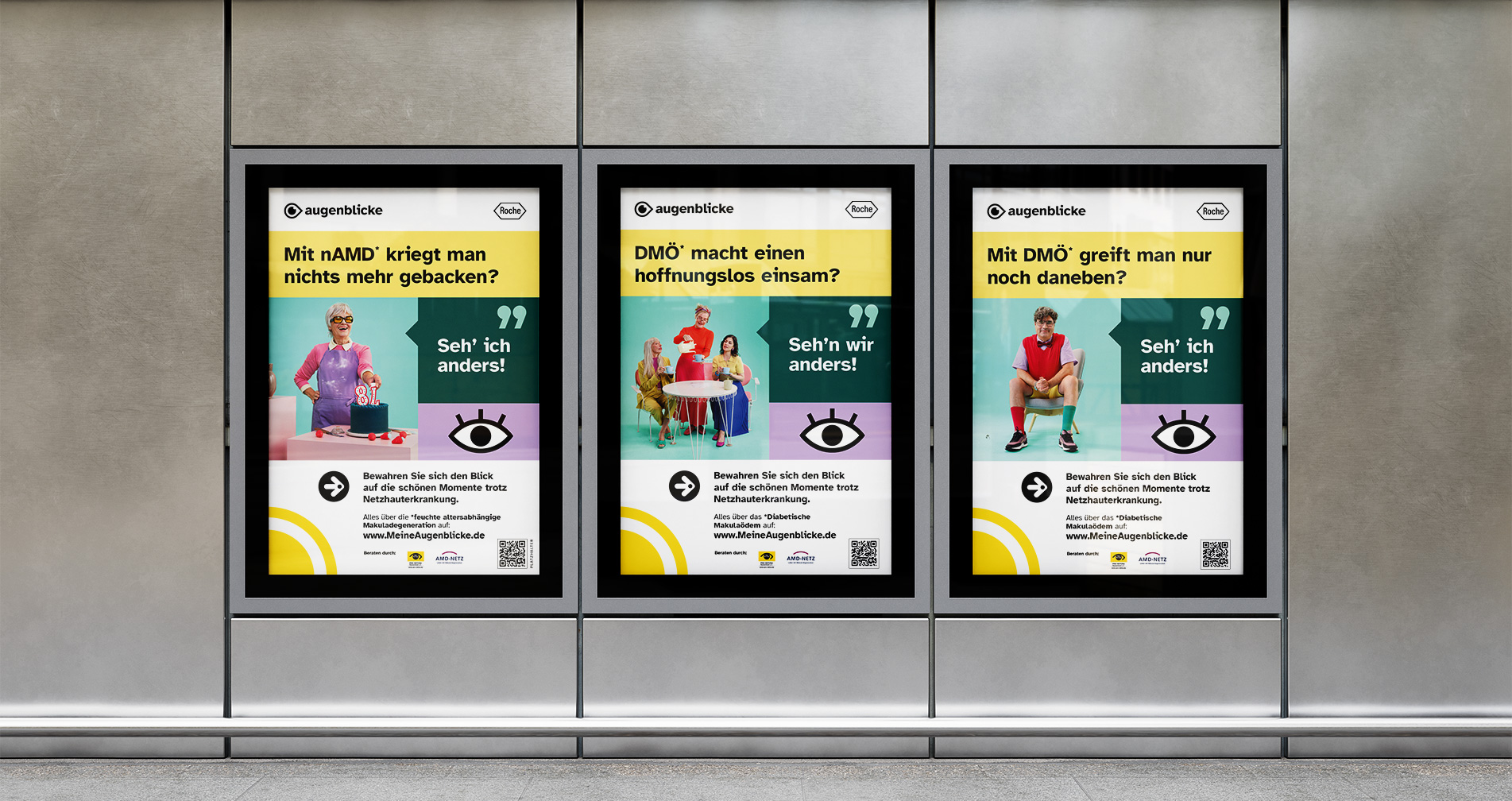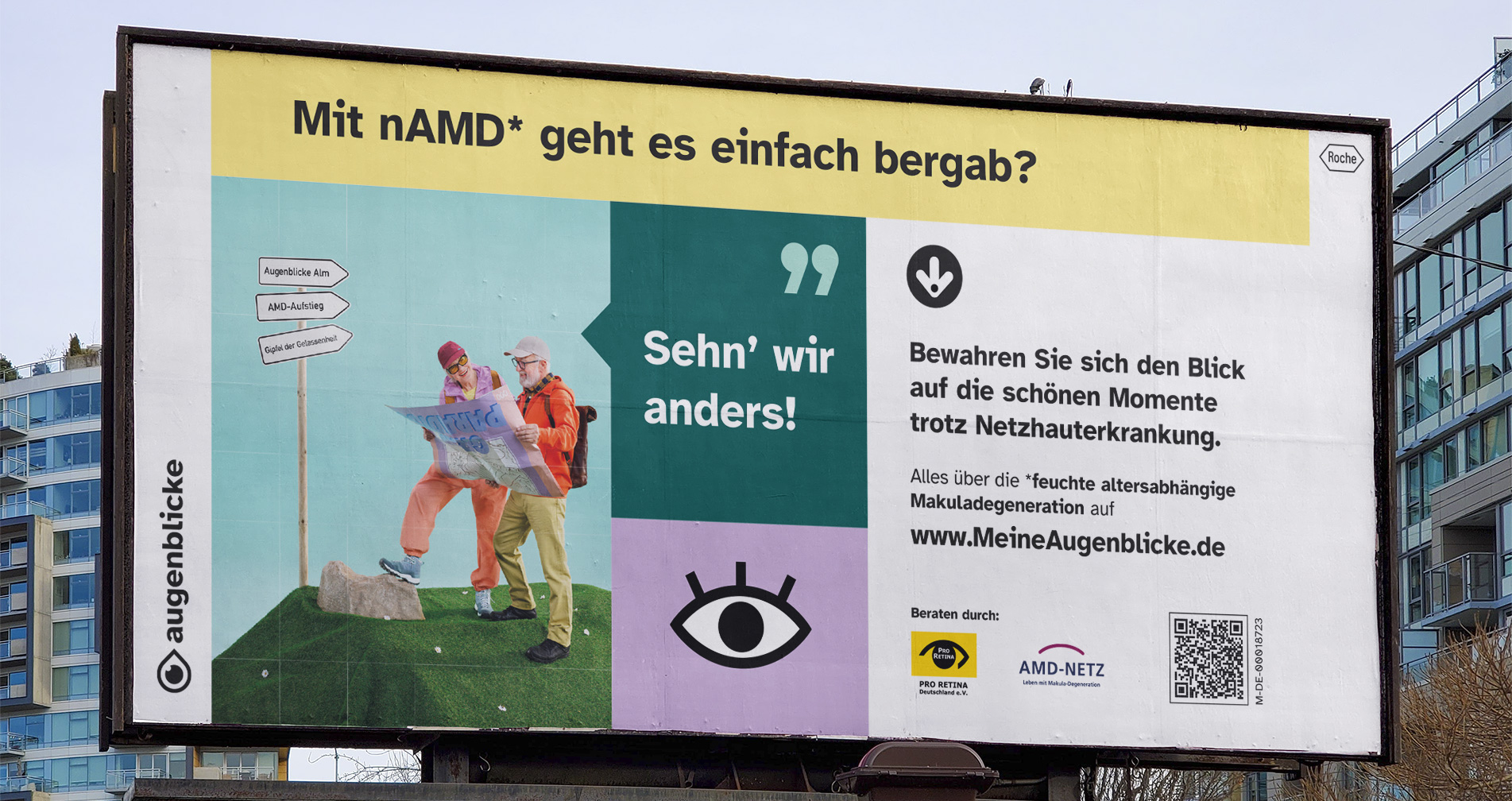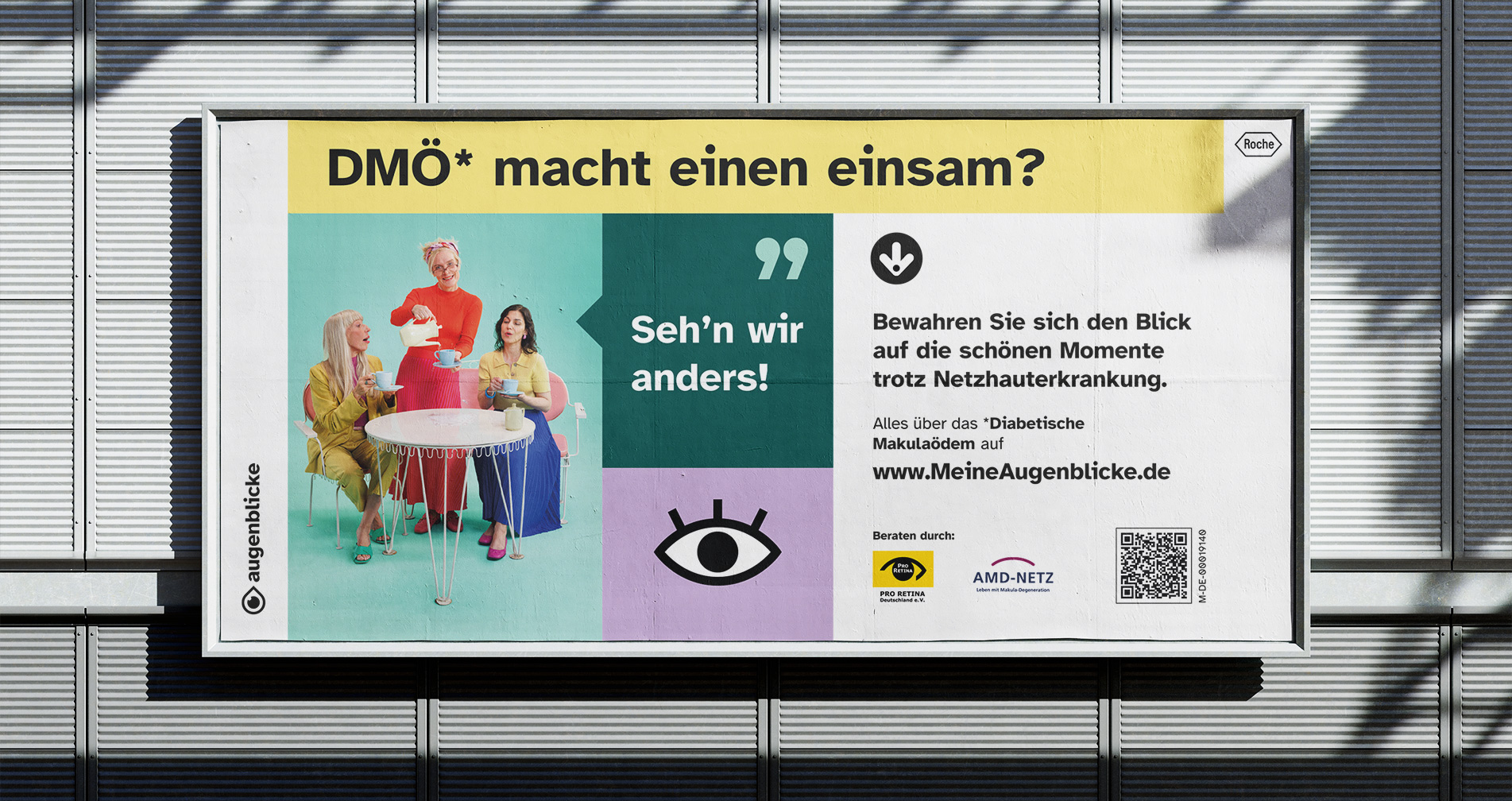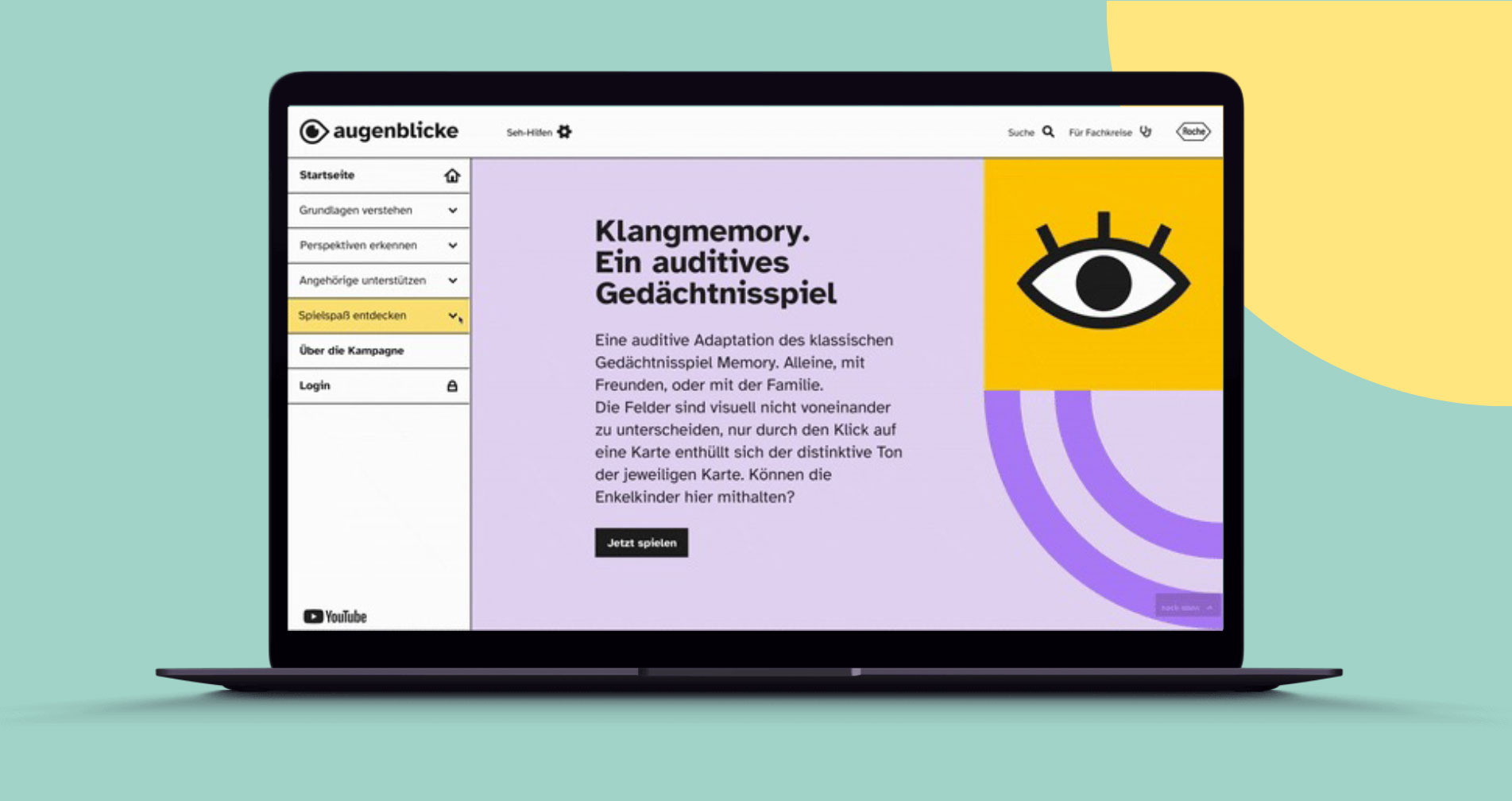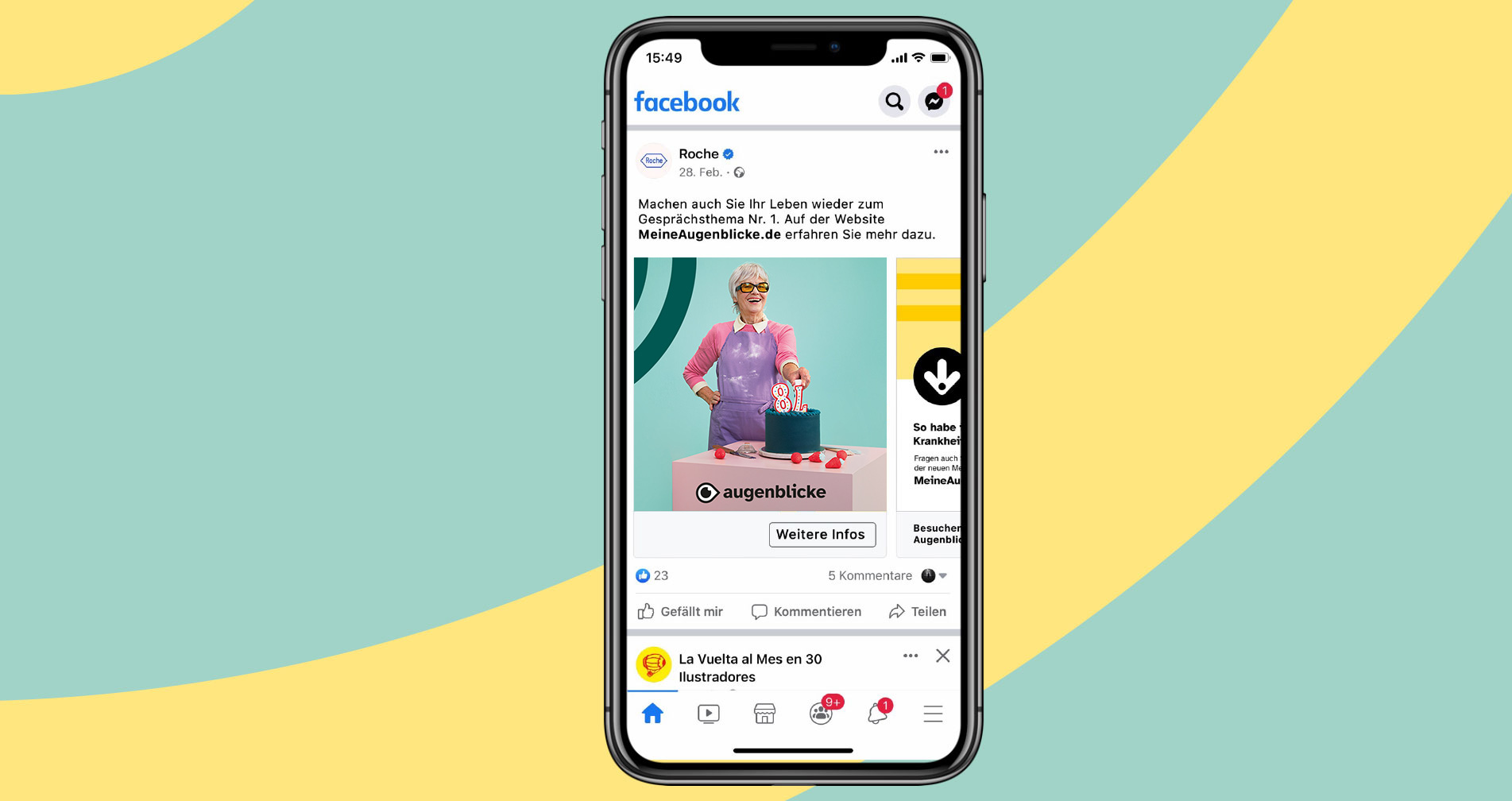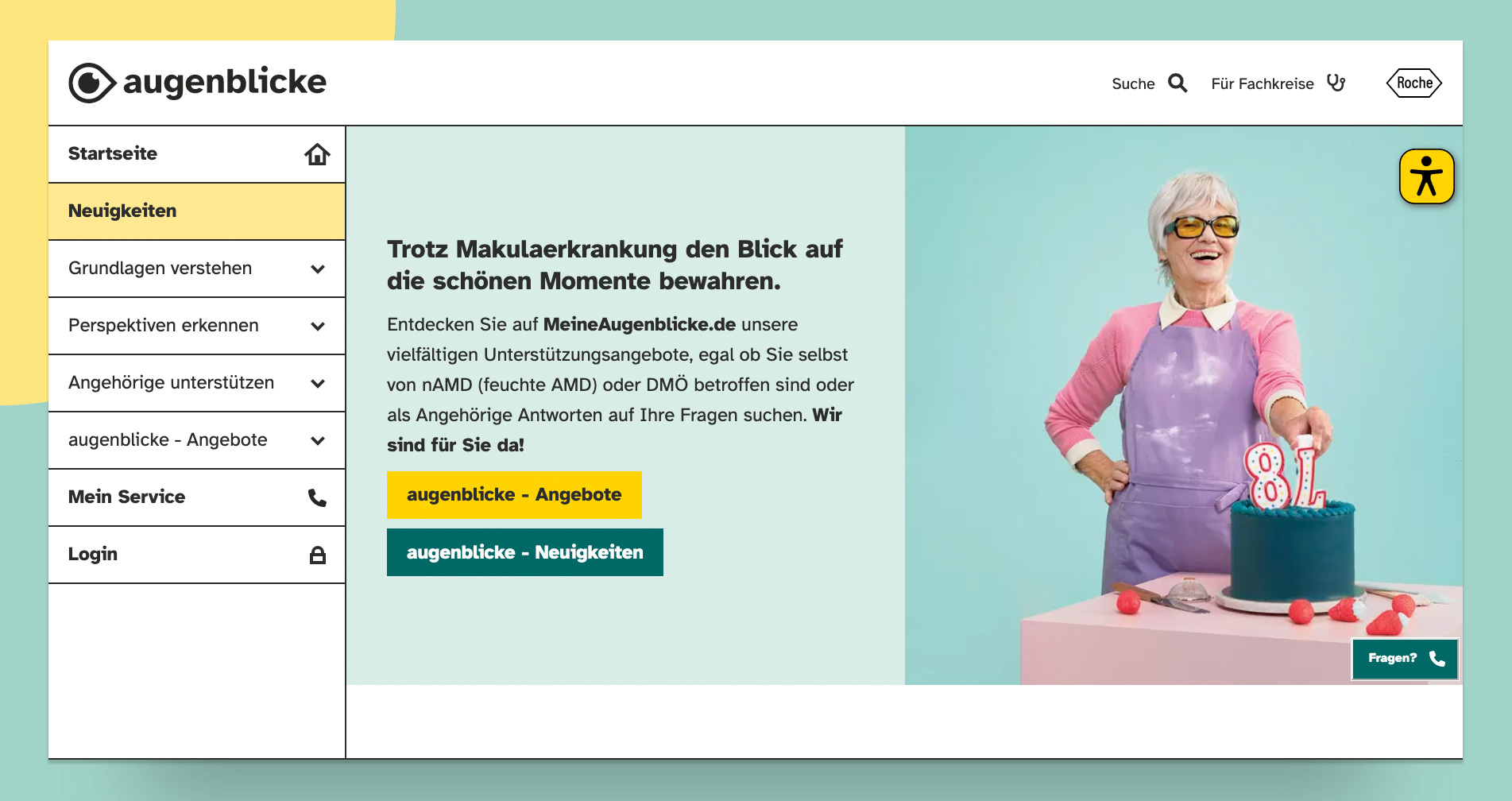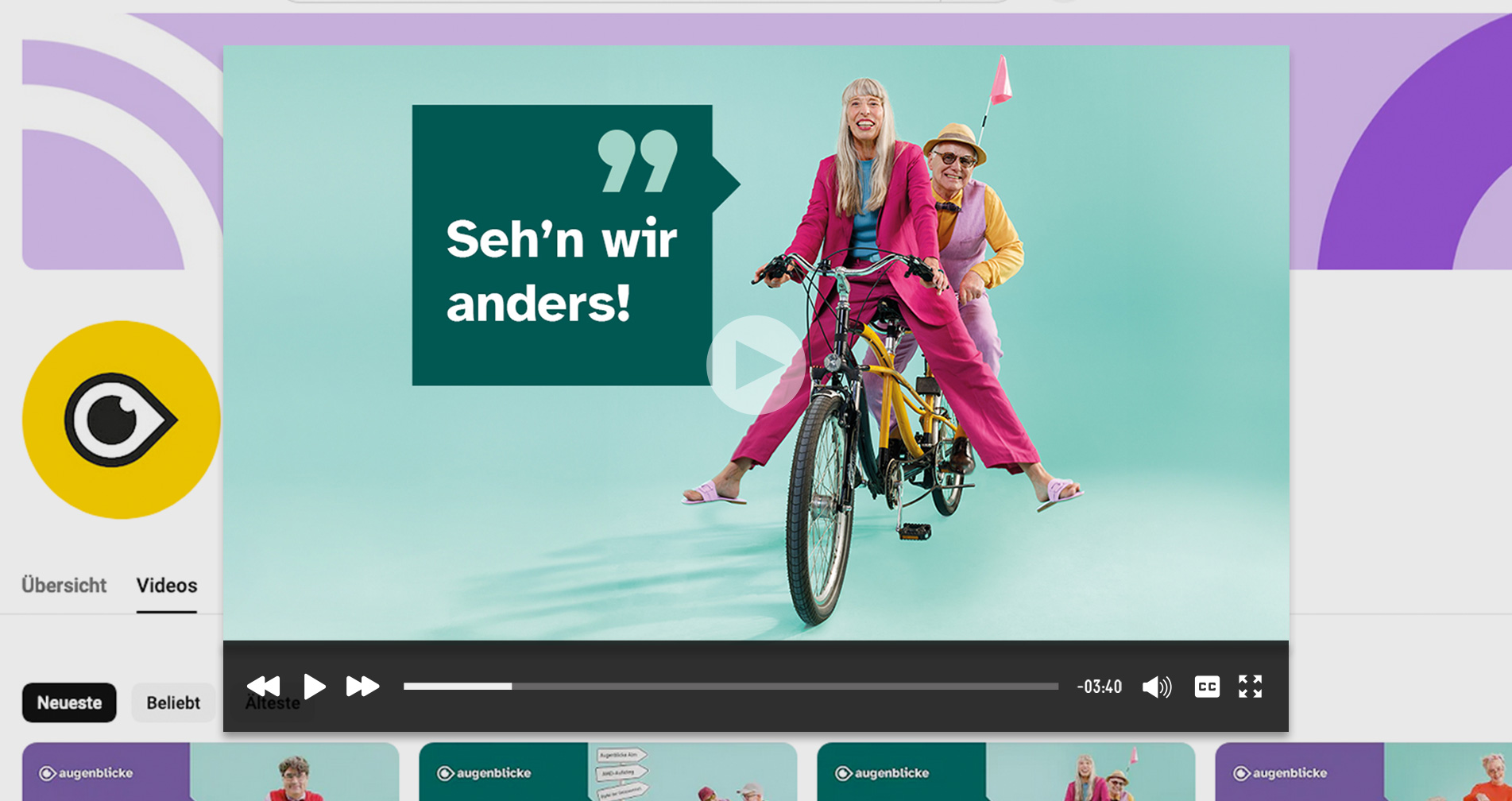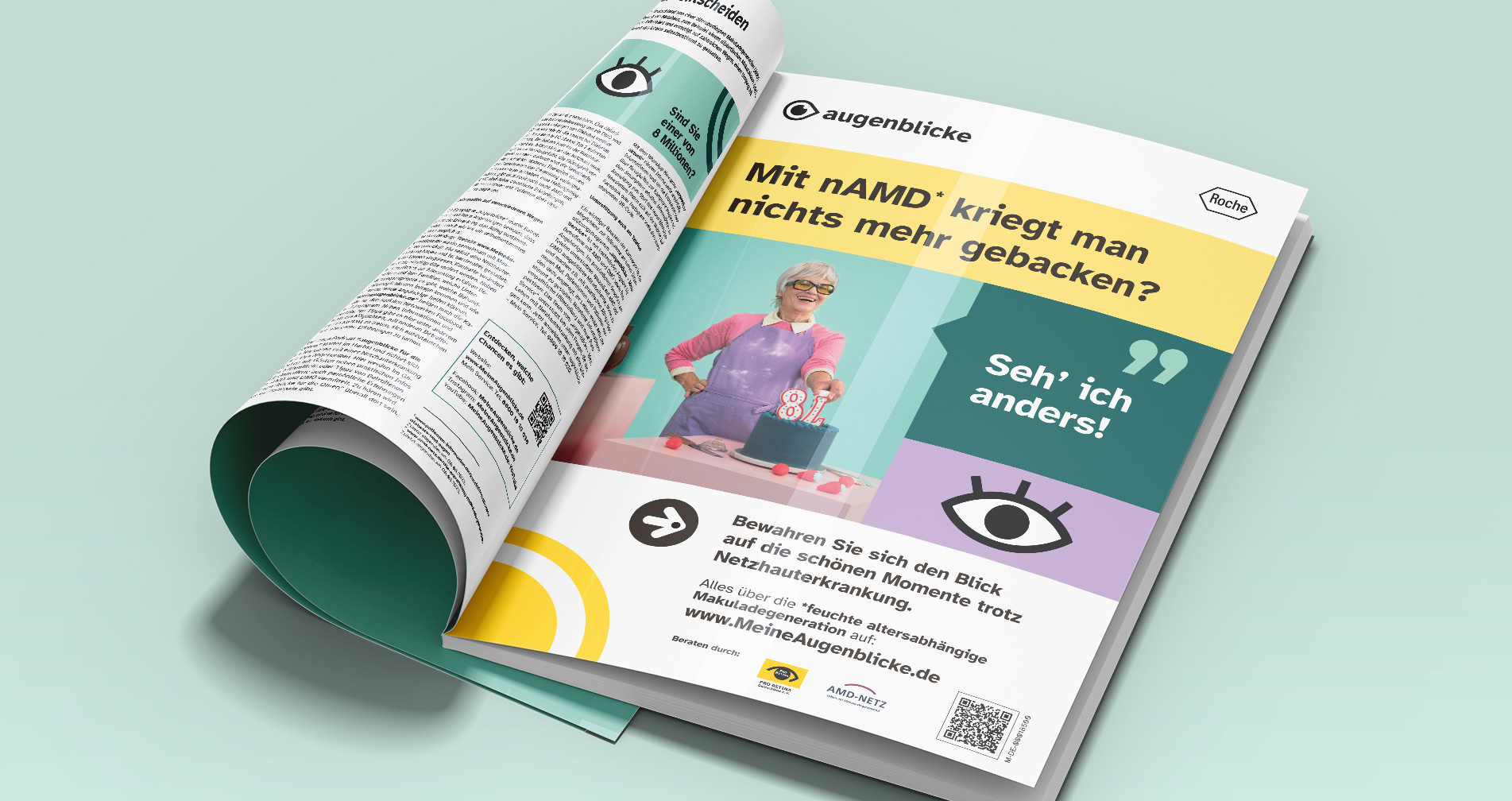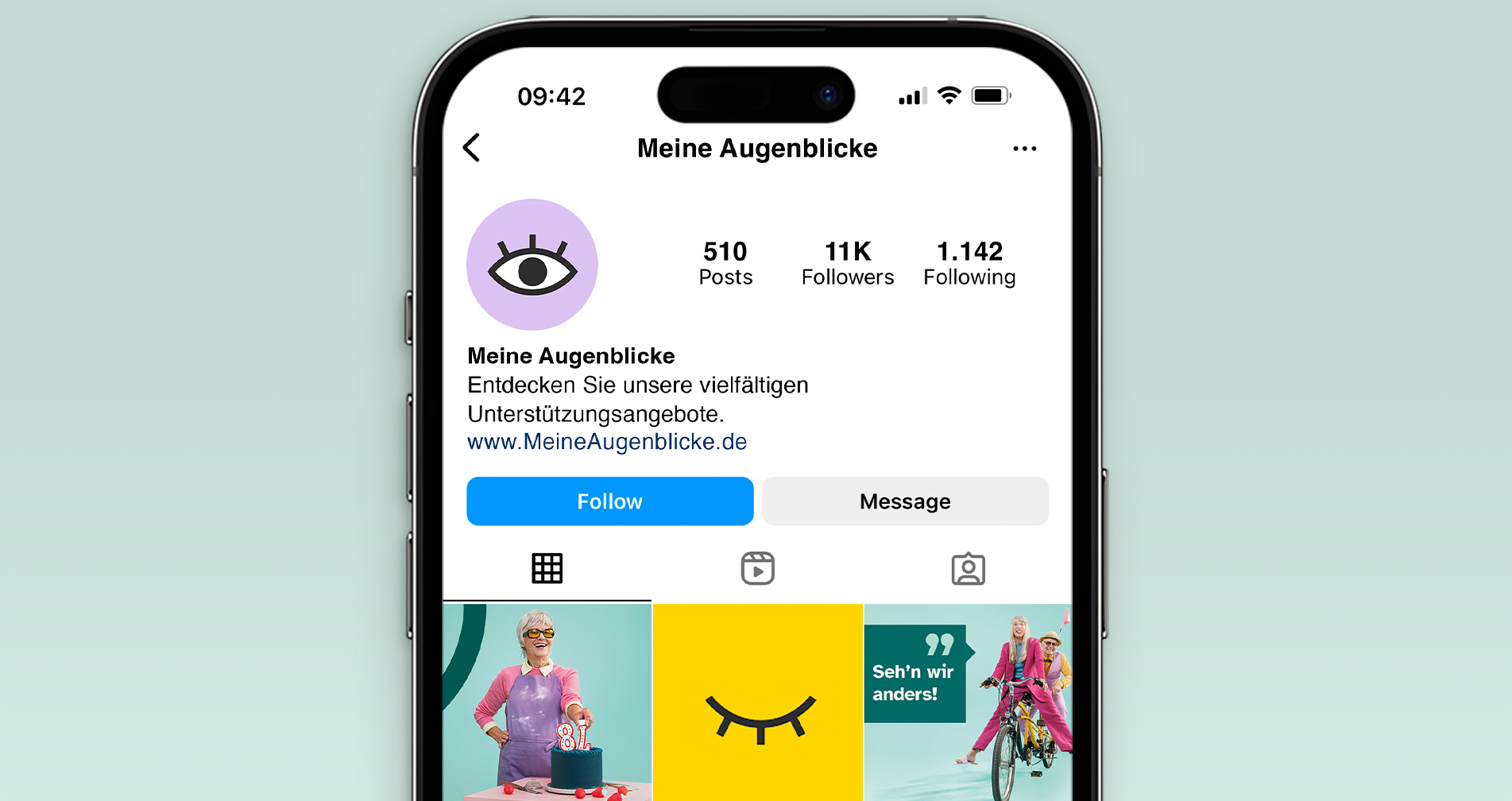A new era in the pharmaceutical industry: from fact-oriented communication to more emotional storytelling. The fact is that more emotional messages are more likely to be remembered.
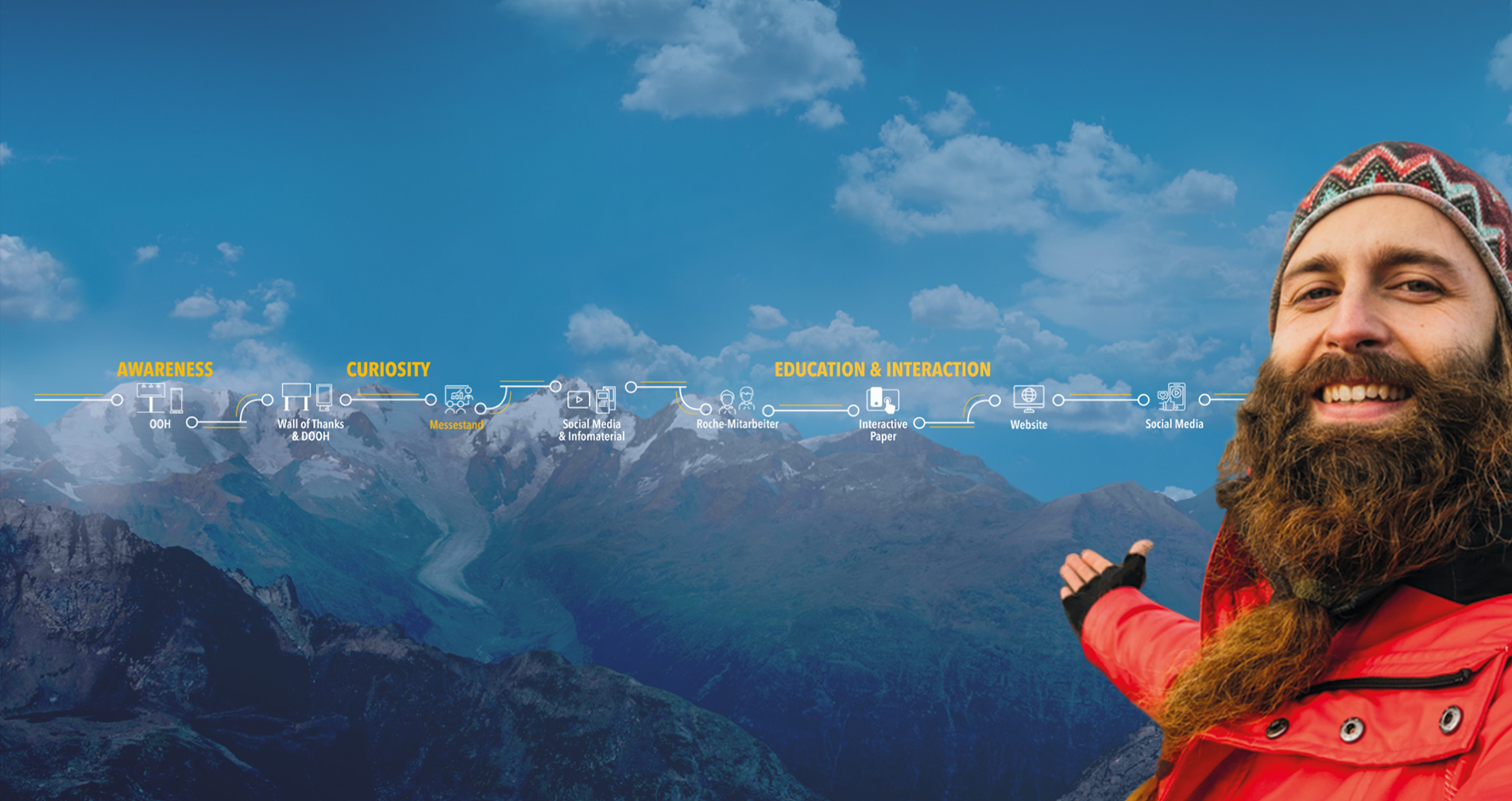
A big thank you in recognition to the efforts of the healthcare professionals
Since 2020, TLGG has been consulting the pharmaceutical company Roche in its patient communication regarding Multiple Sclerosis. In spring 2022, Roche wanted to break new ground in the communication to the healthcare professionals (HCPs). As a result, the primary target group changed to around 8,355 neurologists in Germany (as of 2020). They are digitally savvy and are considered to be very data-oriented, but rarely experience success due to the treatment of life-threatening or chronic diseases. Based on this insight, we wanted to give them positive encouragement through a creative campaign with success stories in order to build trust in an effective therapy. As creative lead on the client, I saw this as the overall mission for us.
Two target groups with completely different but huge importance
The client's task was to create a communication campaign for healthcare professionals, in this case specifically for neurologists. However, the secondary target group of healthcare workers, who are predominantly female, seemed just as relevant to us. Because they have trusting relationships to the patients and support them both professionally and psychologically. They are the most important factor for adherence because through their care the treatment discontinuation rate significantly reduces. And they can make neurologists aware of effective therapies. The overarching aim of the campaign was to increase the market share of infusions in 1st and 2nd line therapy for RRMS patients and secondarily to increase the prescription share within the PPMS.
Awareness and curiosity as a basis for information transfer and interaction
The initial focus was set on awareness in the first step. Basically, it was important to convey to neurologists that the so-called “hit hard and early” strategy – i.e. using the infusion as early and effectively as possible - is the most effective way to maintain the patient's quality of life, as damage to the brain is partially irreversible. Maintaining the quality of life was the biggest focus of our communication, which was achieved by combining emotional and rational arguments.
A customer journey that included events, to get attention on-site and afterwards to the landing page as the source of information.
A mindshift of the HCPs was required
A change of paradigm should take place: The therapy was not sufficiently known yet among the target group. Or the few doctors who knew about it, were still distant due to few study results. It was also not used hat much for younger patients because of being associated with severe side effects, although the infusion has already been established successfully as a treatment for PPMS and has developed as market leader. All of this needed to be communicated confidently at relevant touchpoints.

Pharma communication needs a stronger emotional storytelling. Both for medical professionals as well as for the patients.
Ophthalmology: more joy of life in the communication to patients
How do you actually run a campaign for people who can't see properly? There is a huge reason for this. In Germany, more than every 10th person lives with the retinal diseases age-related macular degeneration (AMD) or diabetic macular oedema (DMO). Visits to the doctor are part of their everyday life. But life is far away from being over for them. The affected just need to know much better about the therapies in order to be able to make the right decisions together with the doctor in a self-determined manner. For this reason, we put the beautiful moments in life in the focus of the campaign and removed any taboos about the diseases. We encouraged affected people to communicate with each other and to create their own community. The market research revealed one very important fact for us: people with visual impairments are far from losing their joy of life or their social participation because of their limitations.

Is that possible? Accessability and a colorful visual communication
We took the joy of life as our theme and developed a unique, accessable look that was appropriately so colorful that it perfectly matched to our tonality. In collaboration with affected people, a contrasting campaign was created that was simply fun. When baking works crooked and cycling alone no longer works, no one is discouraged by that. In an awareness, education and activation phase we got the attention on the diseases, we informed about all forms of therapy and encouraged affected people to take part in an initiative. This should increase the number of requests for our new therapy and encourage patients to start a mutual discussion about therapies in general.
Much more focus on Meine Augenblicke
The campaign was received very well. In the first month of the campaign, which was November 2023, we reached 1.5 million people. The Facebook followers
increased fiftyfold, from 20 to around 1,000, and with 32,505 website visitors of MeineAugenblicke.de
we achieved a traffic increase of 500%. And this despite the fact that the majority of our target group was difficult to reach via digital media. With
retinal disease everything is going wrong? We see that completely different!
This attitude suited perfectly to the company itself. For more than 125
years, Roche has been developing therapies which are used in various disease areas, including eye diseases. As one of the largest pharmaceutical companies
in the world, it has made it to its mission to research the cause and treatment of diseases. For a better, healthy future – doing now what patients need
next. The affected needed more reasons to enjoy their life now in order to rethink how they deal with their diseases next.



